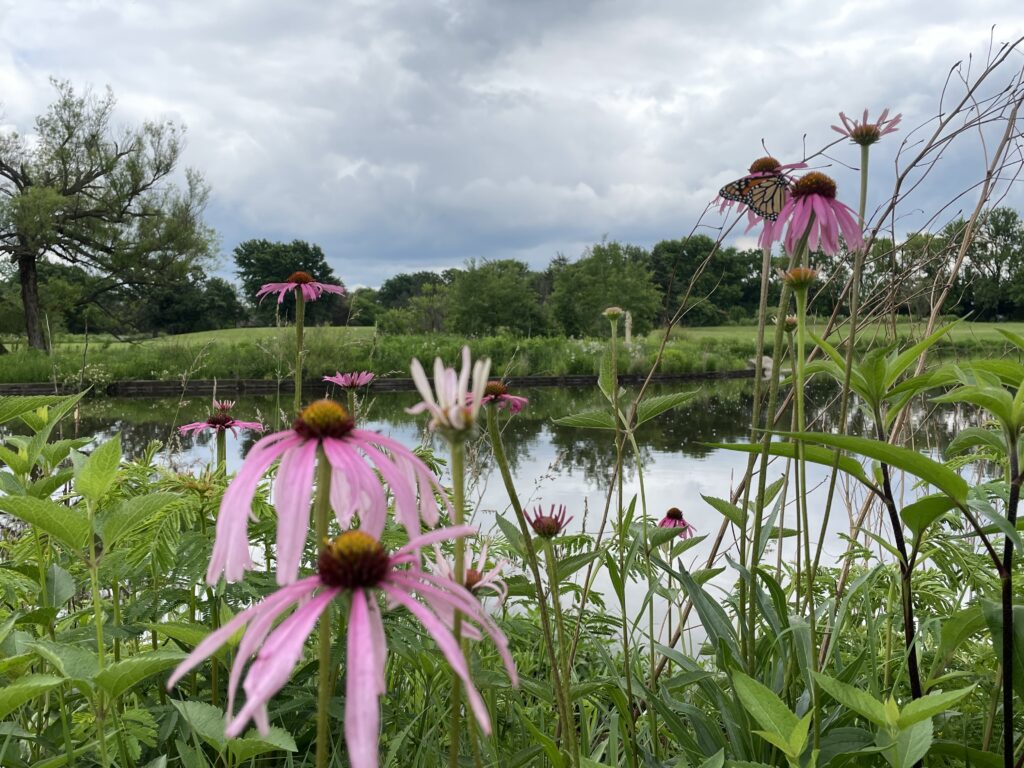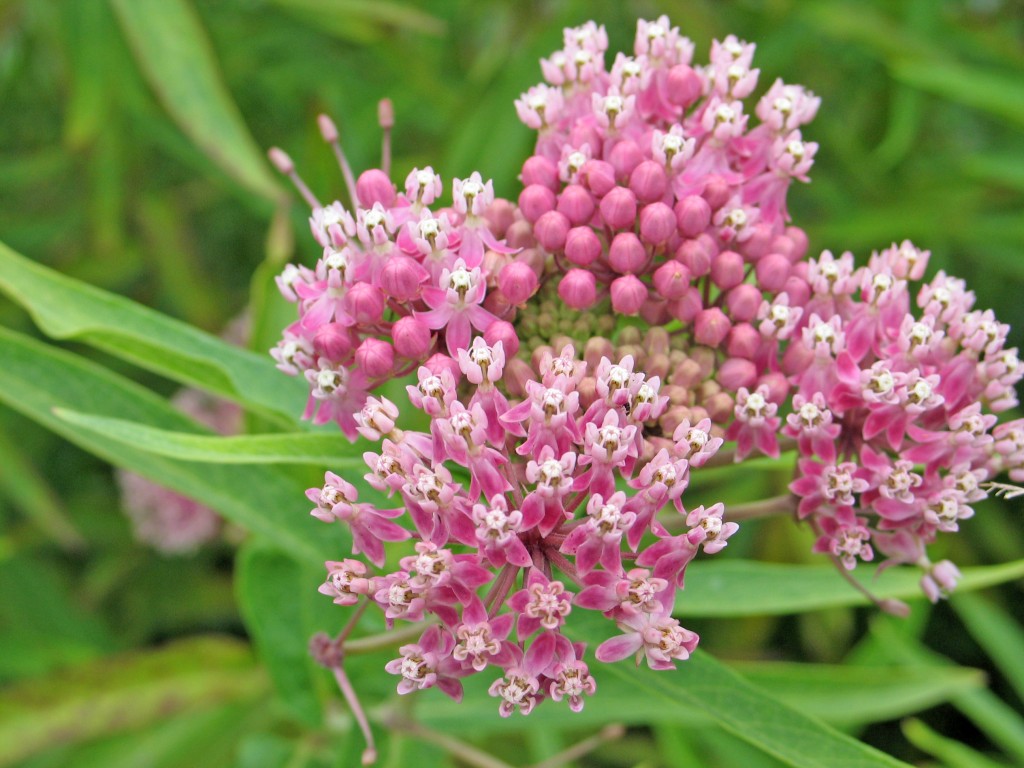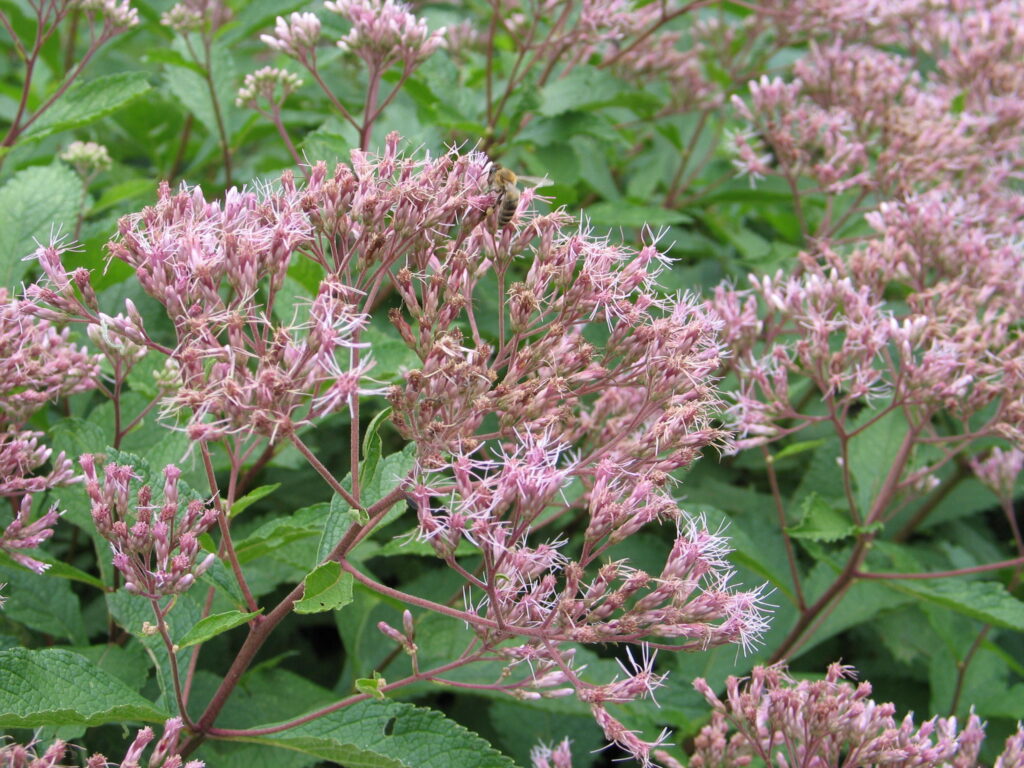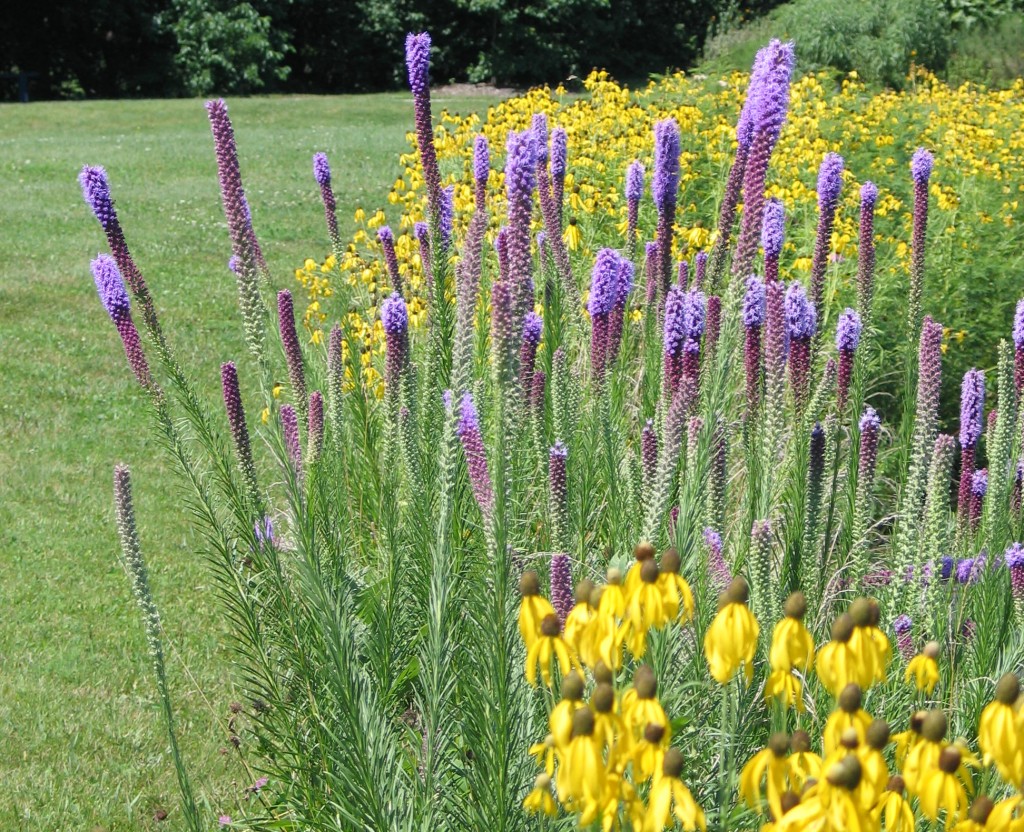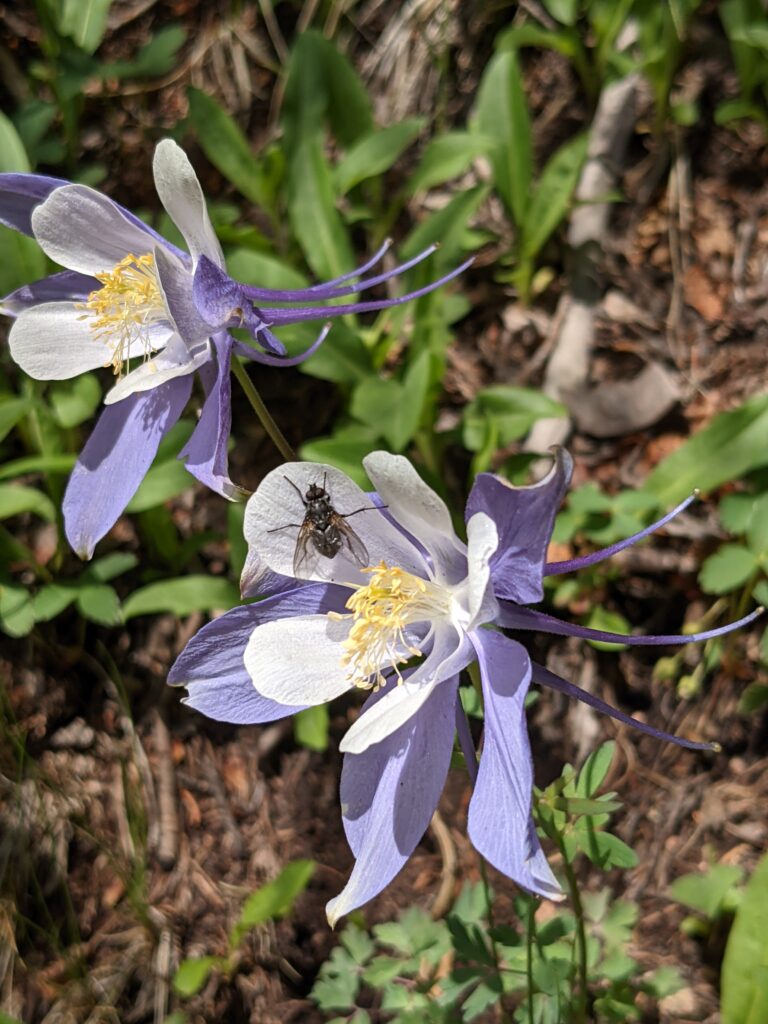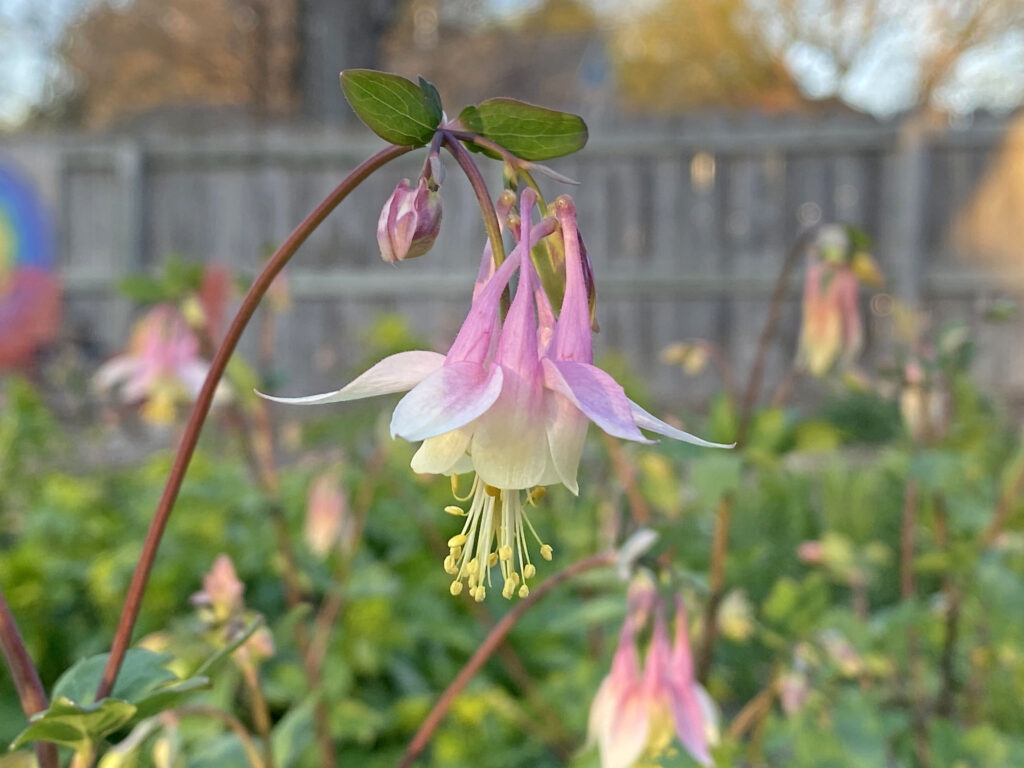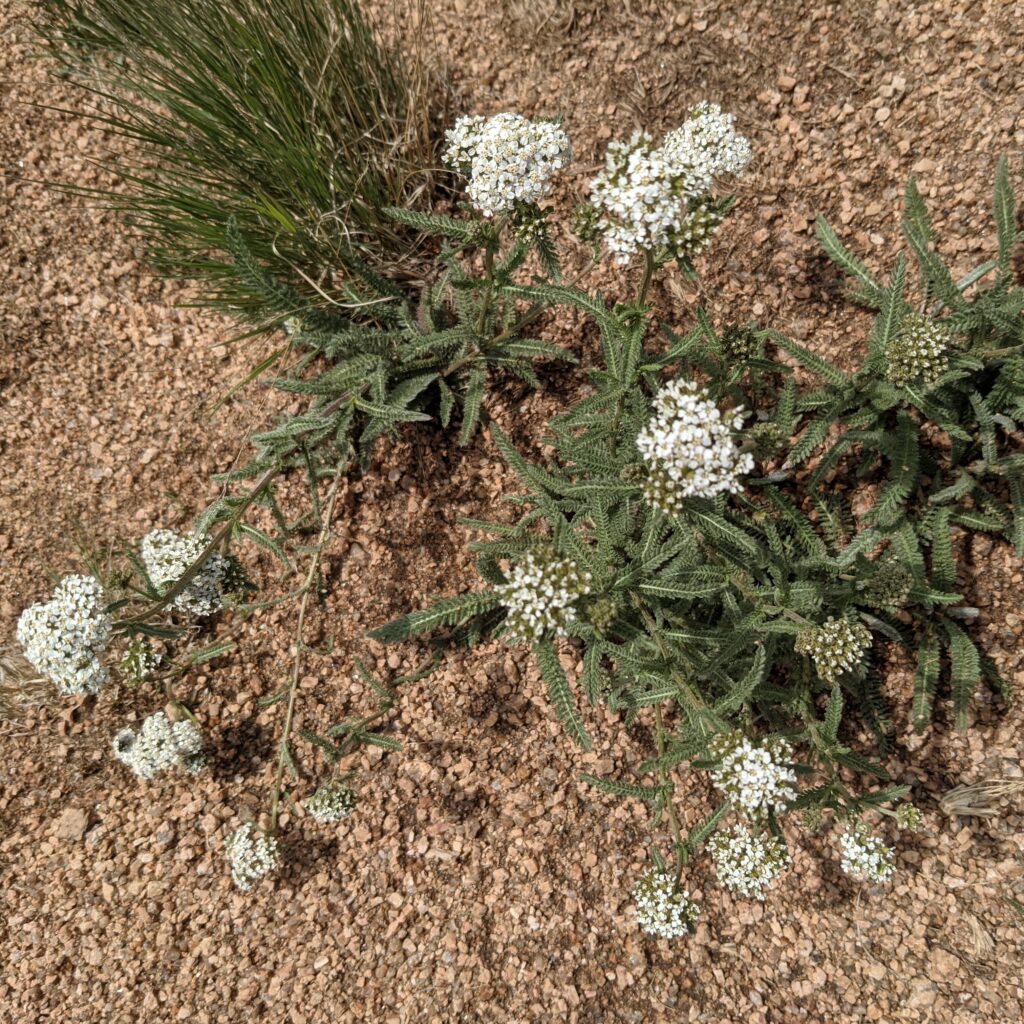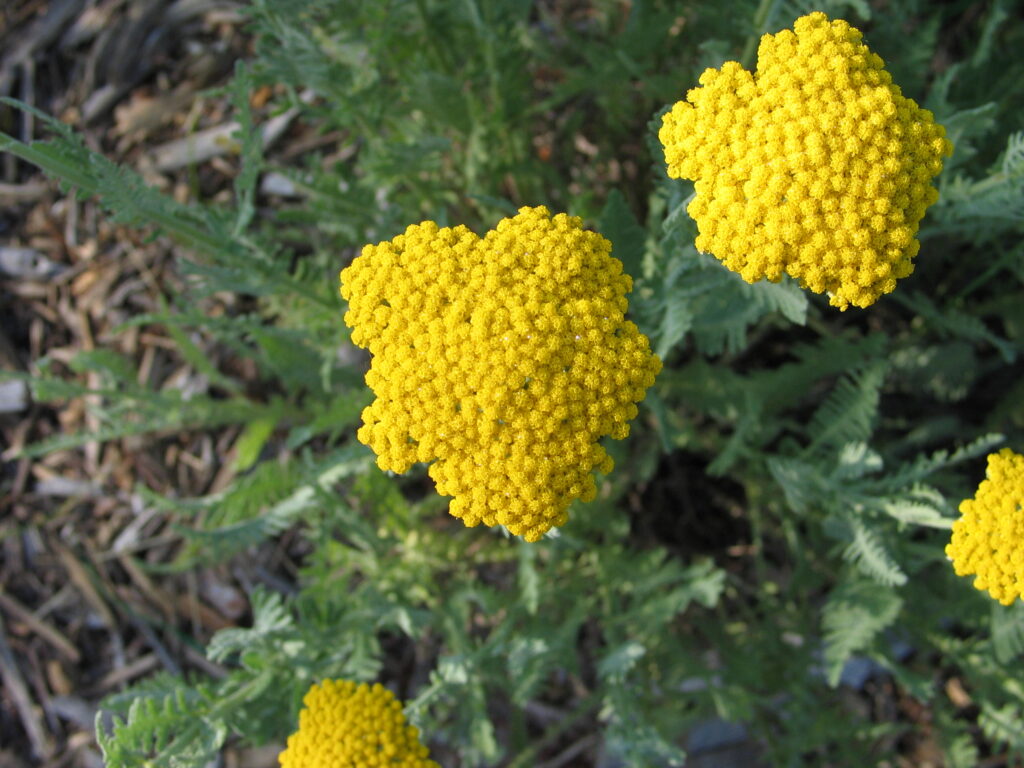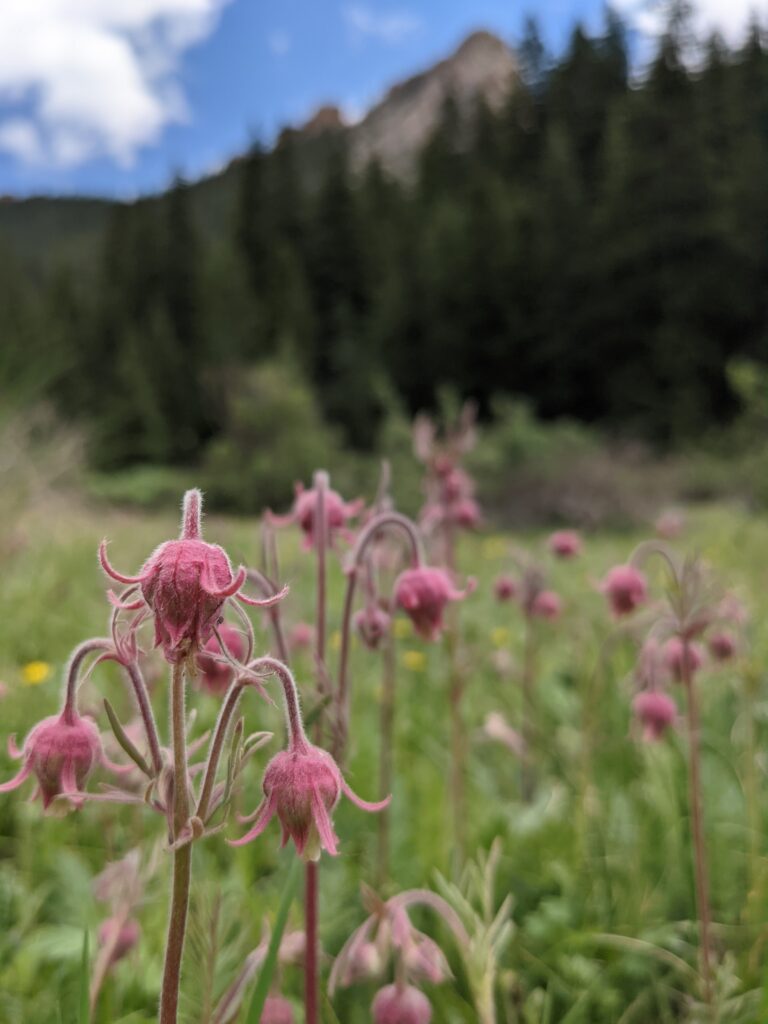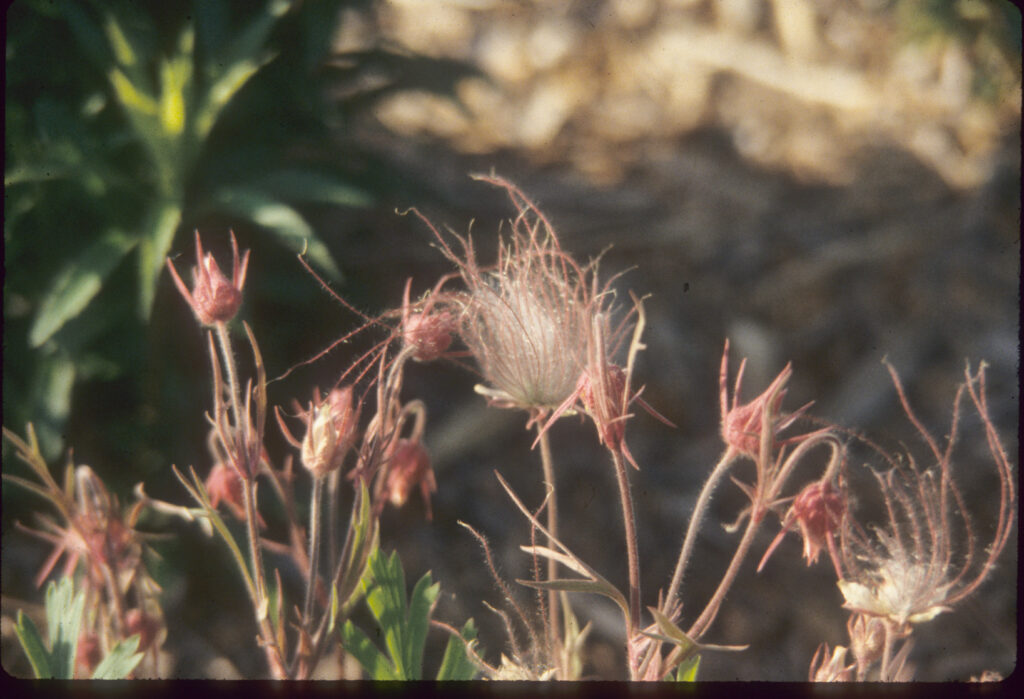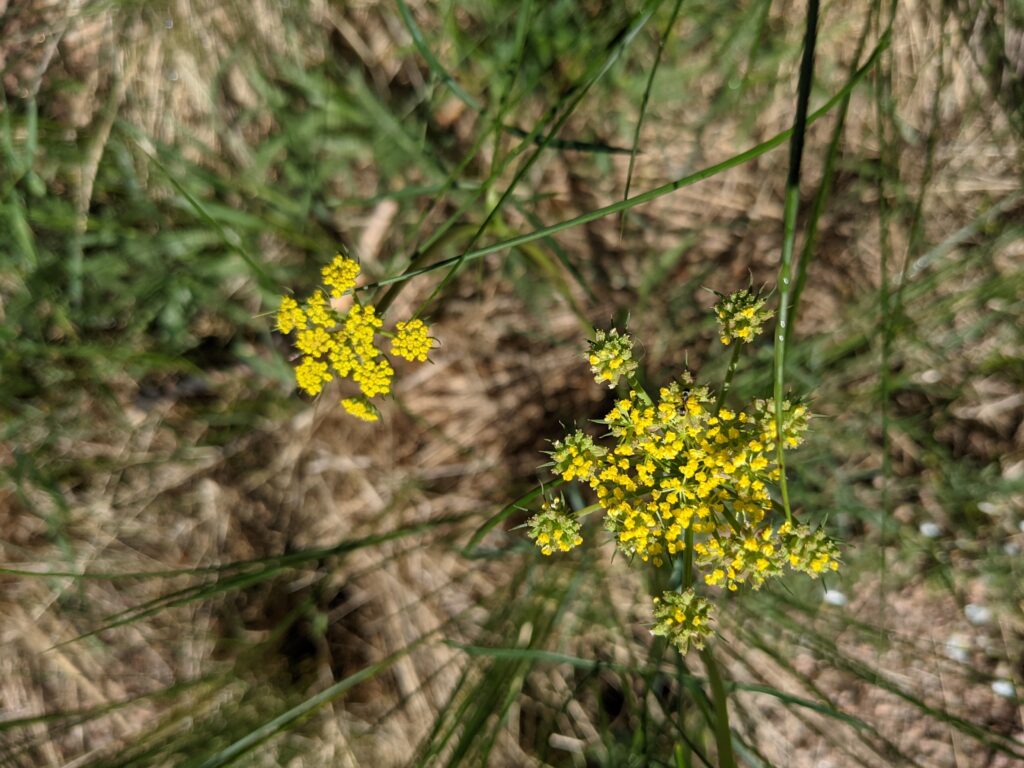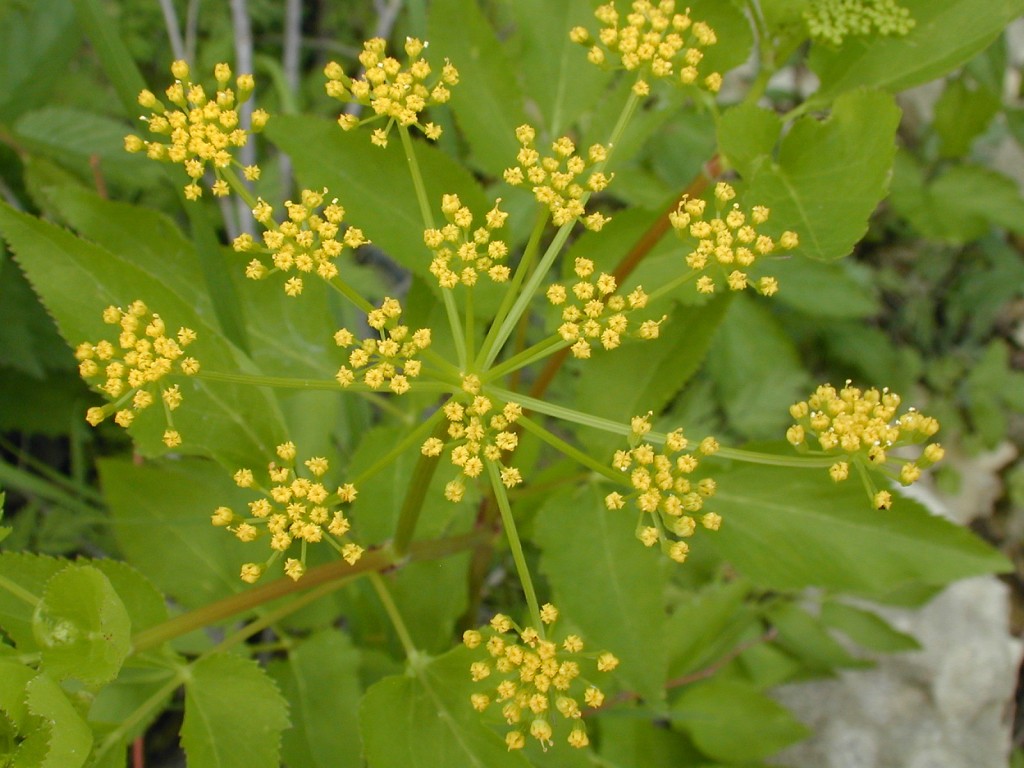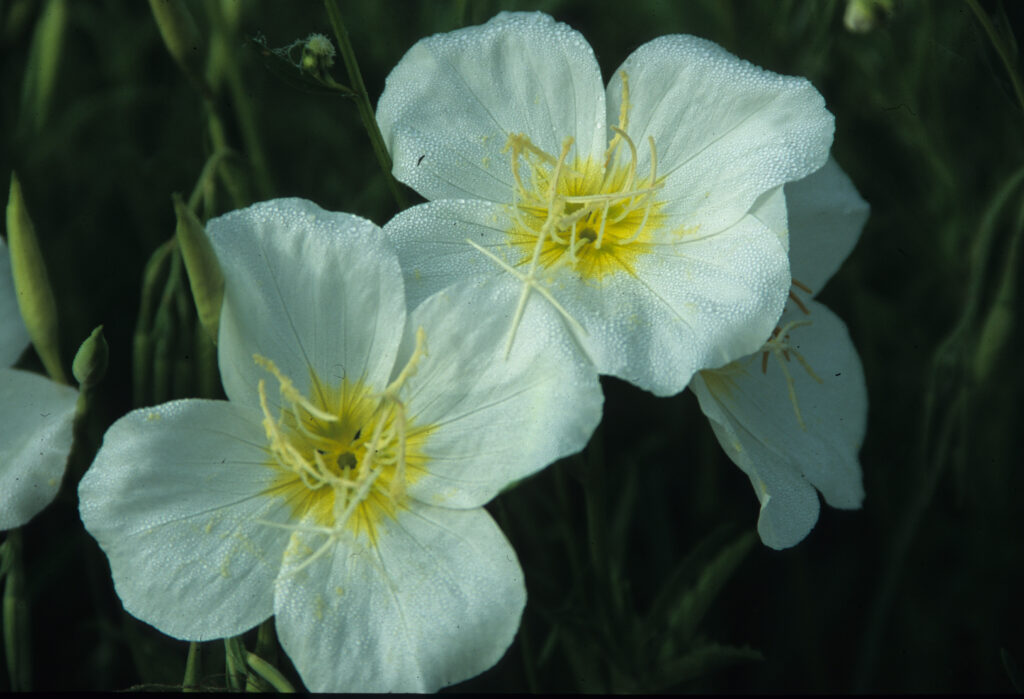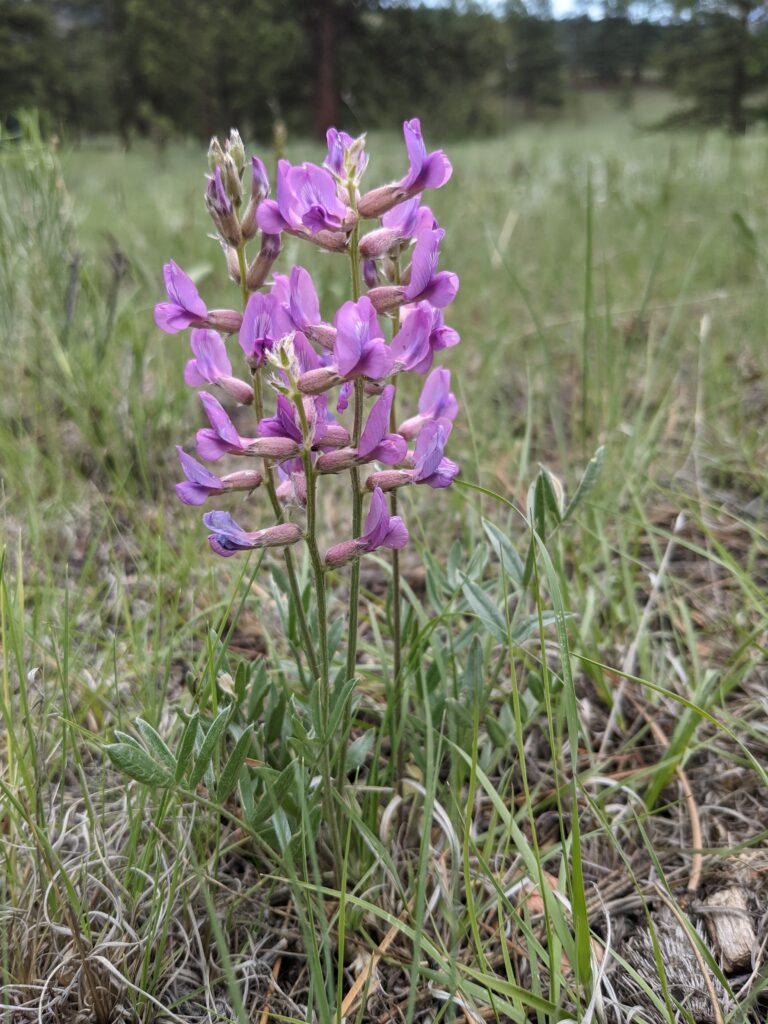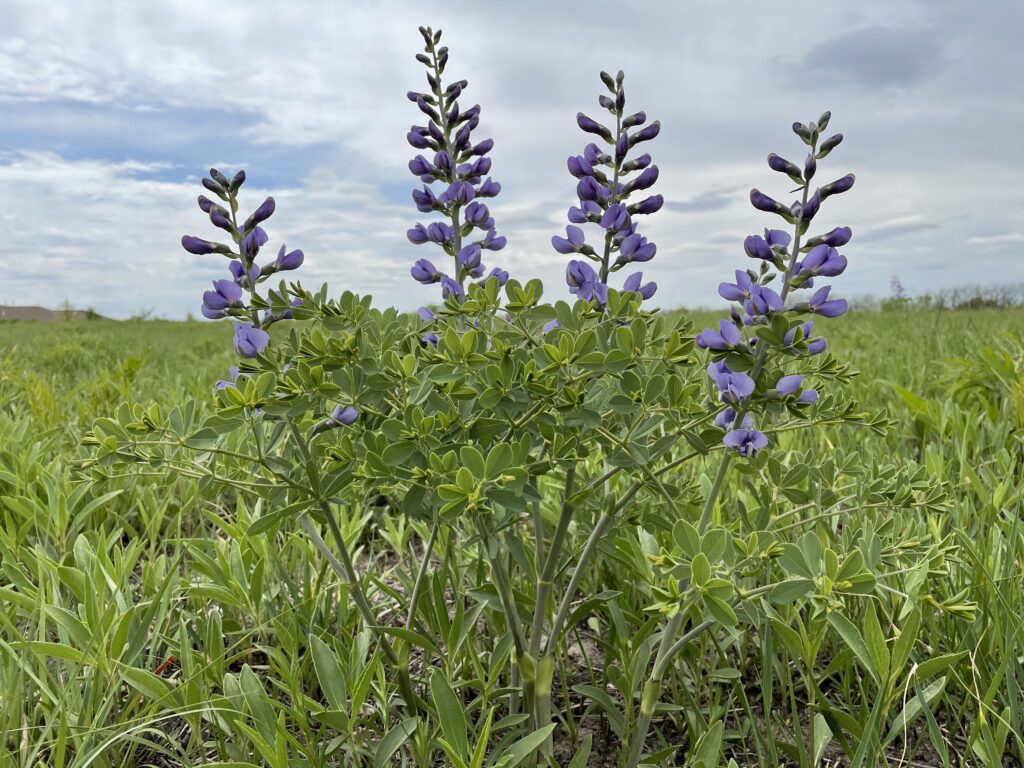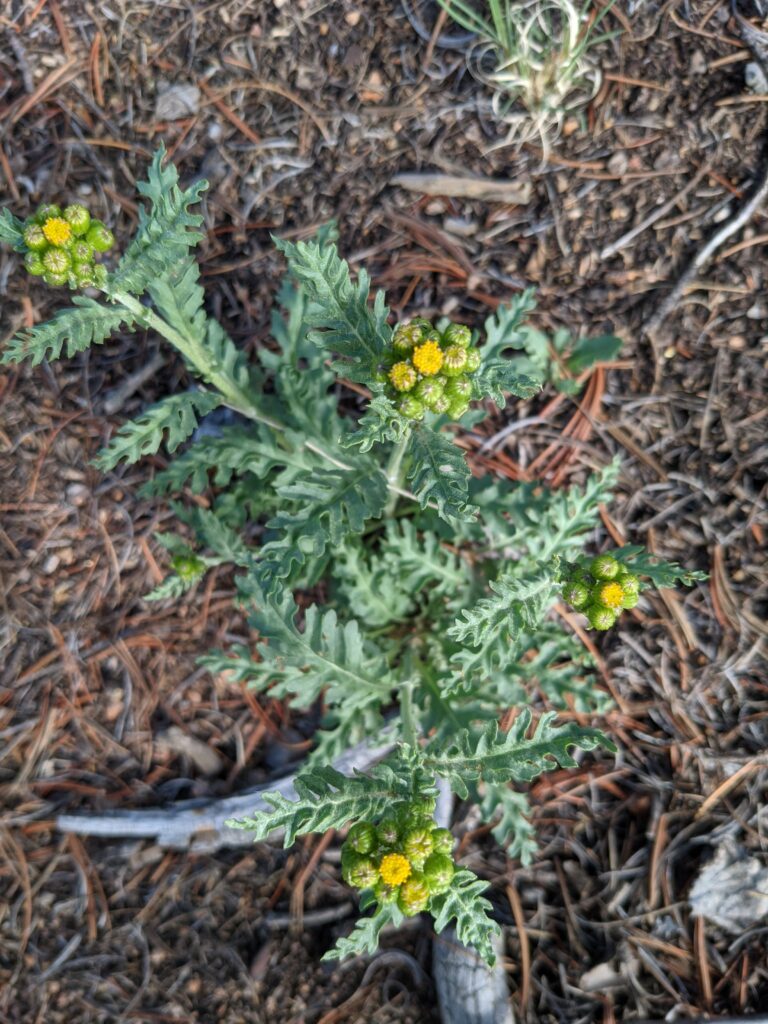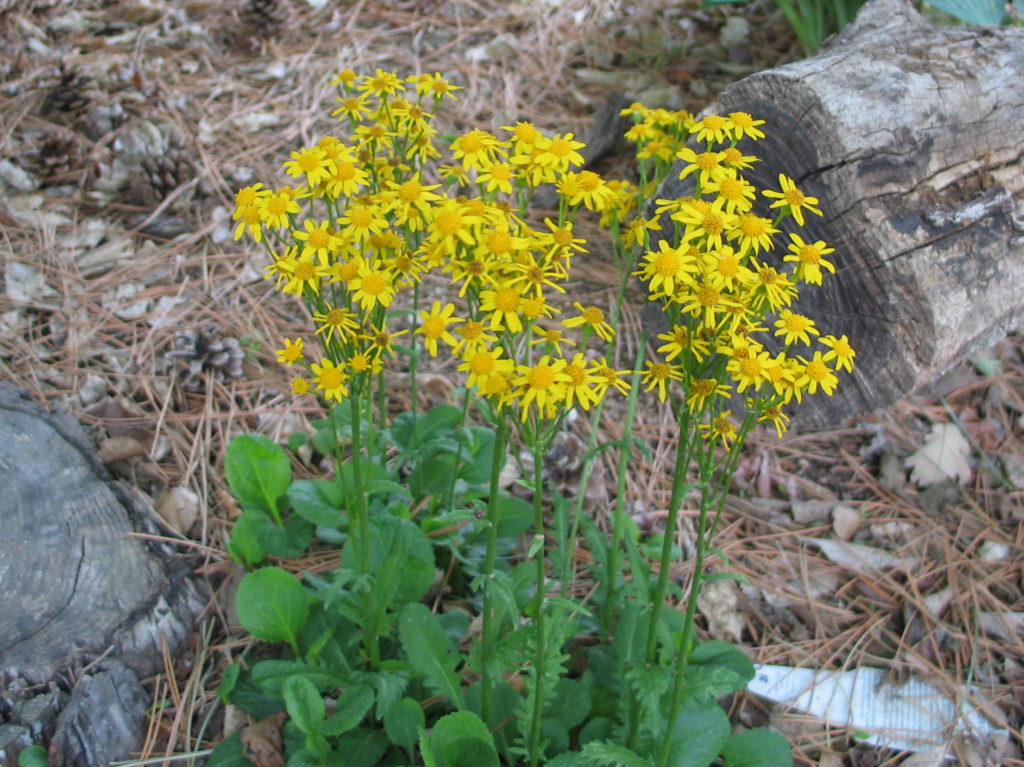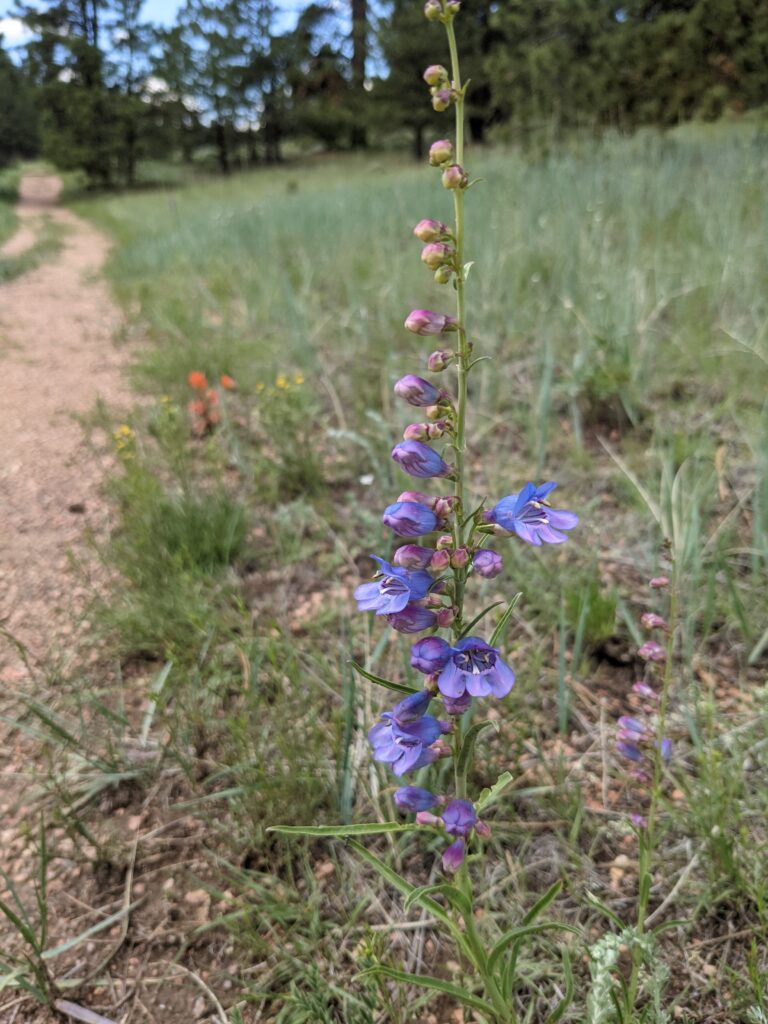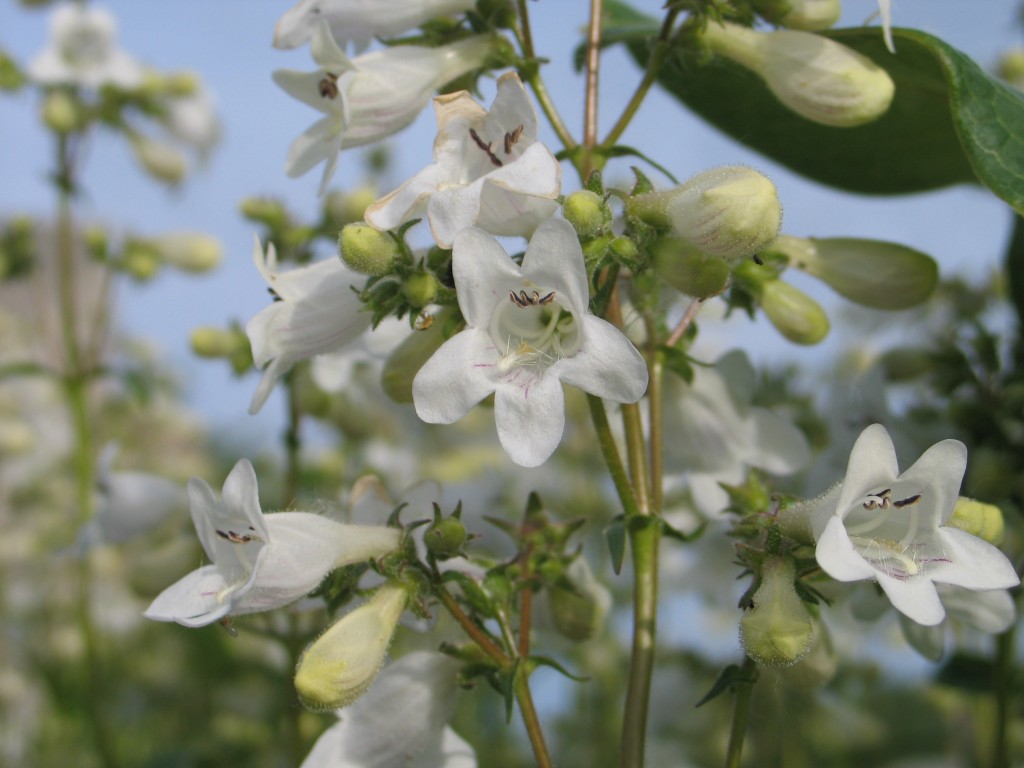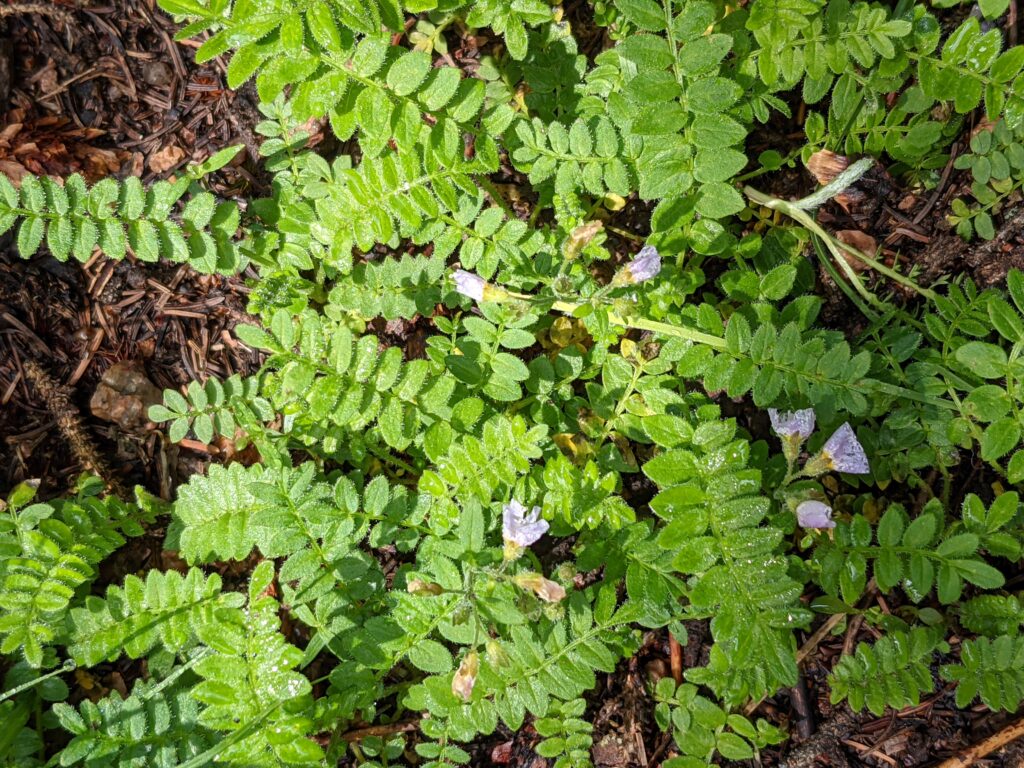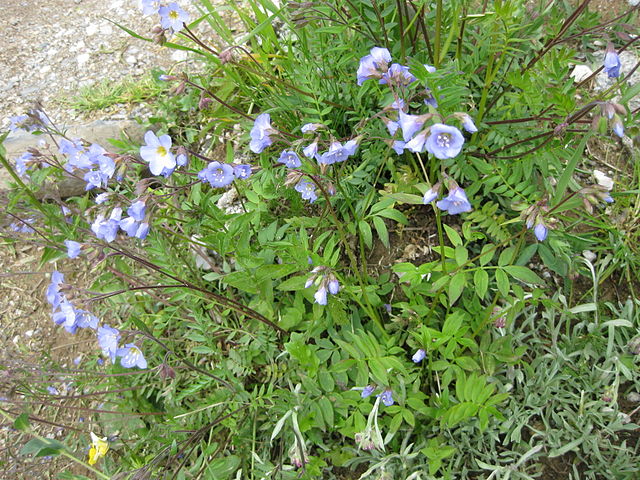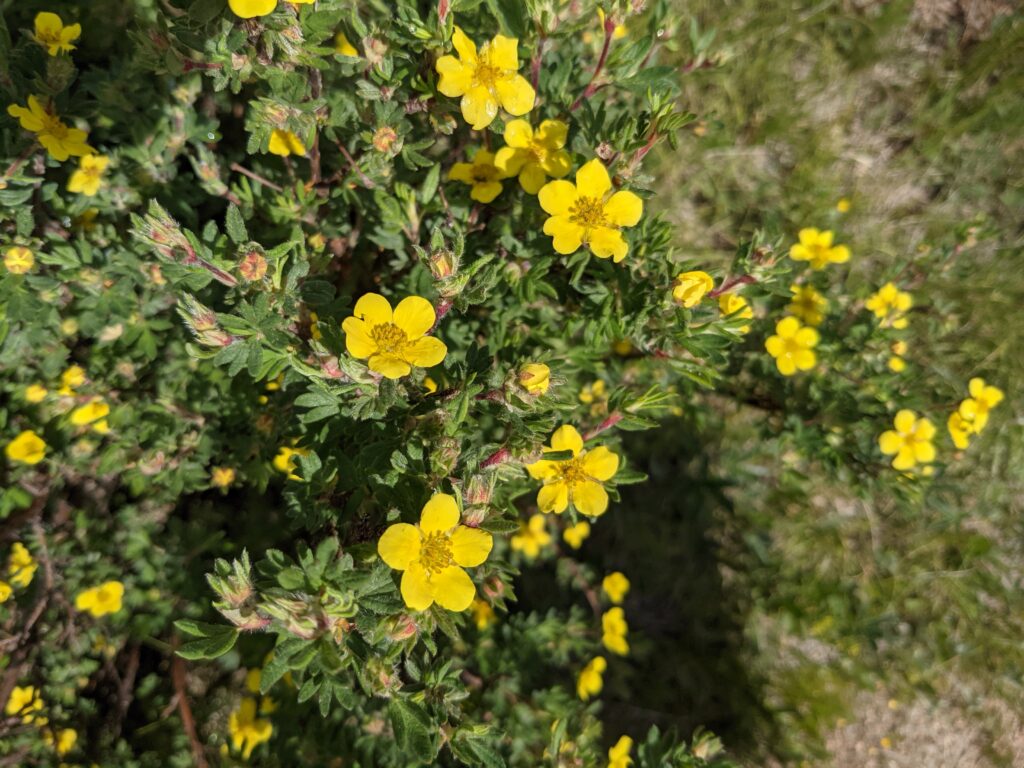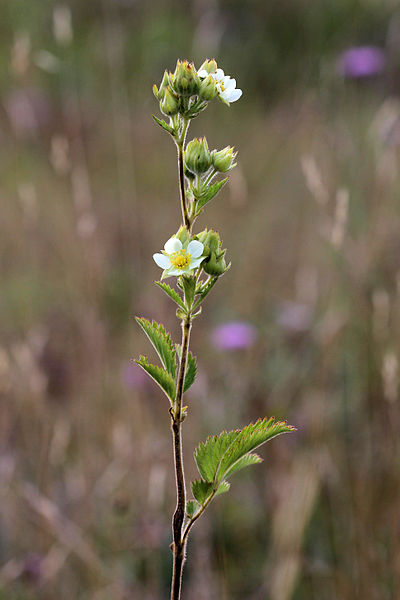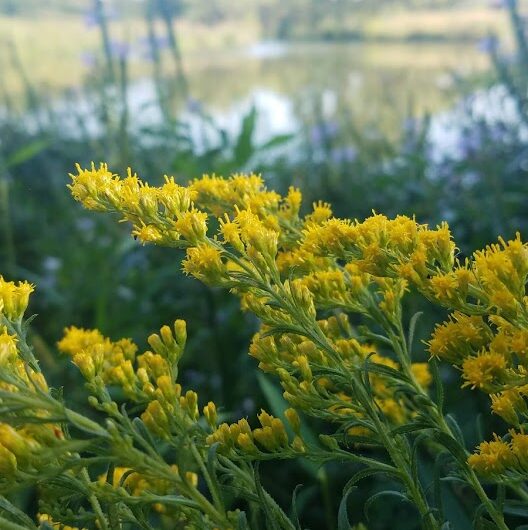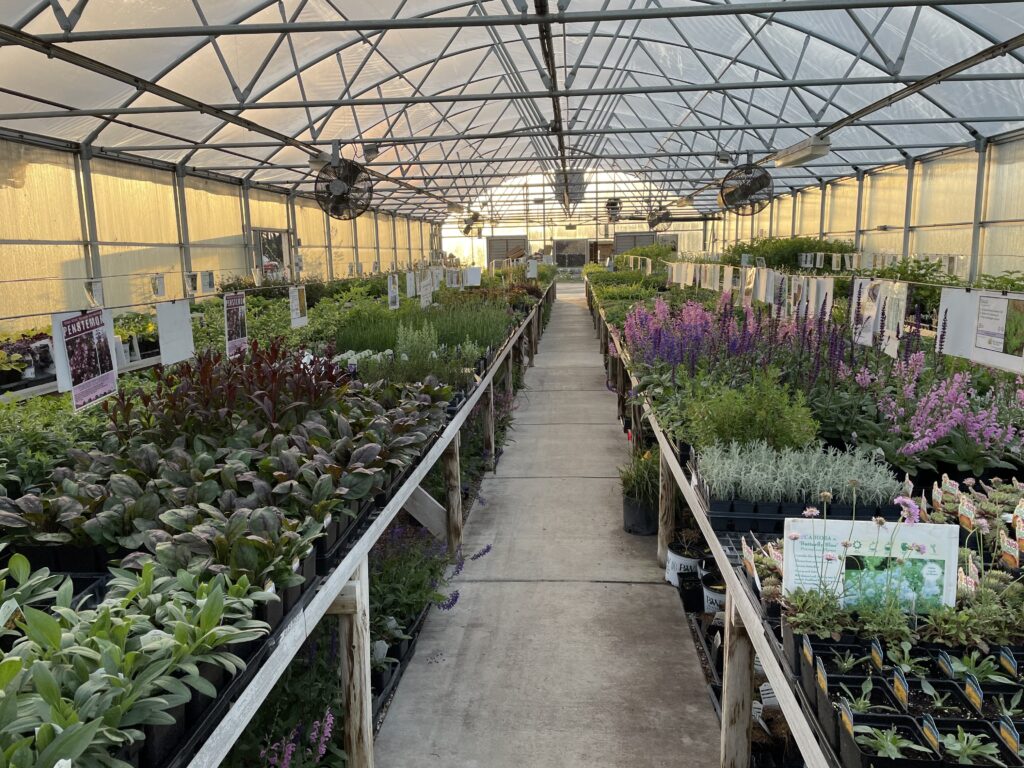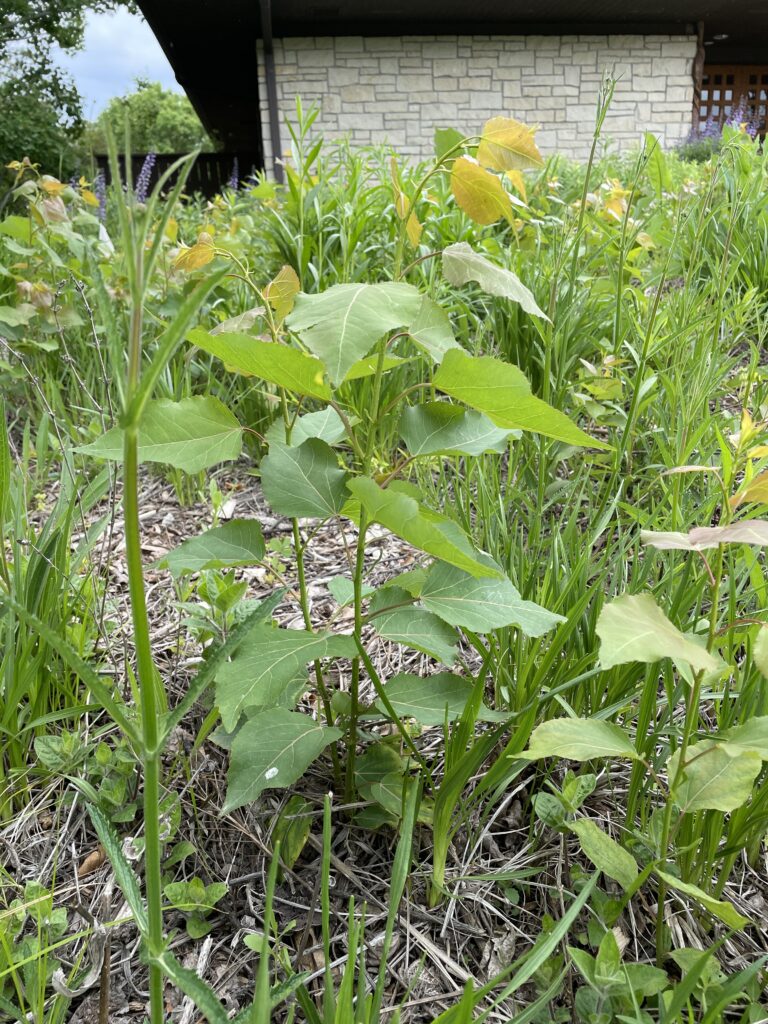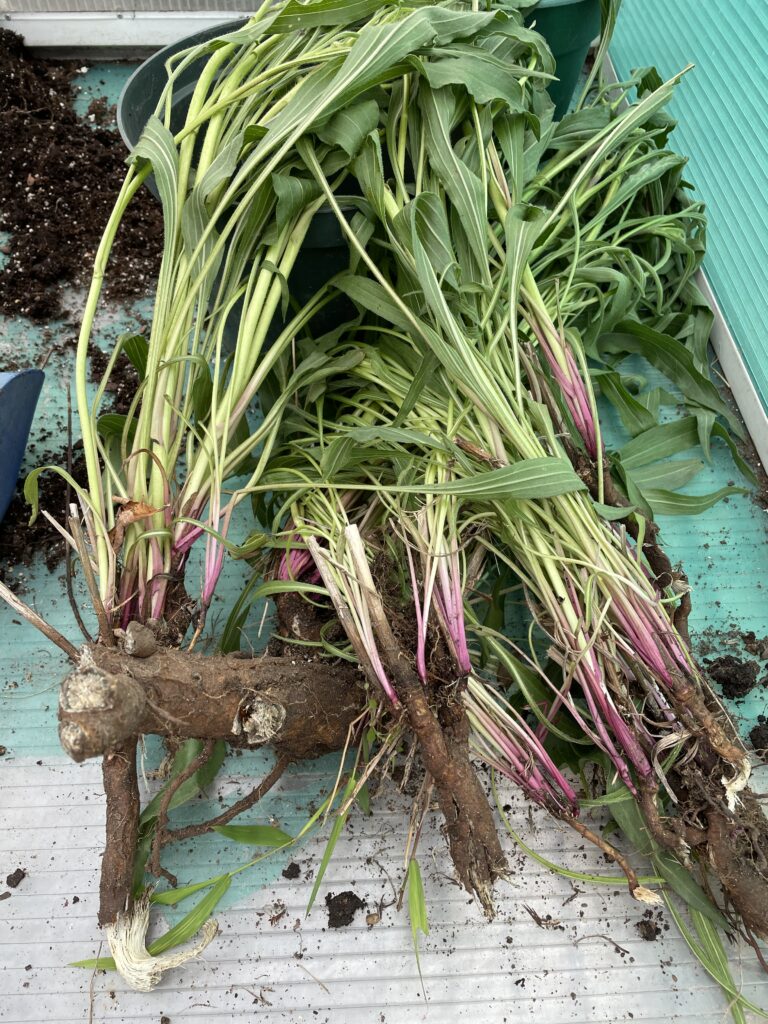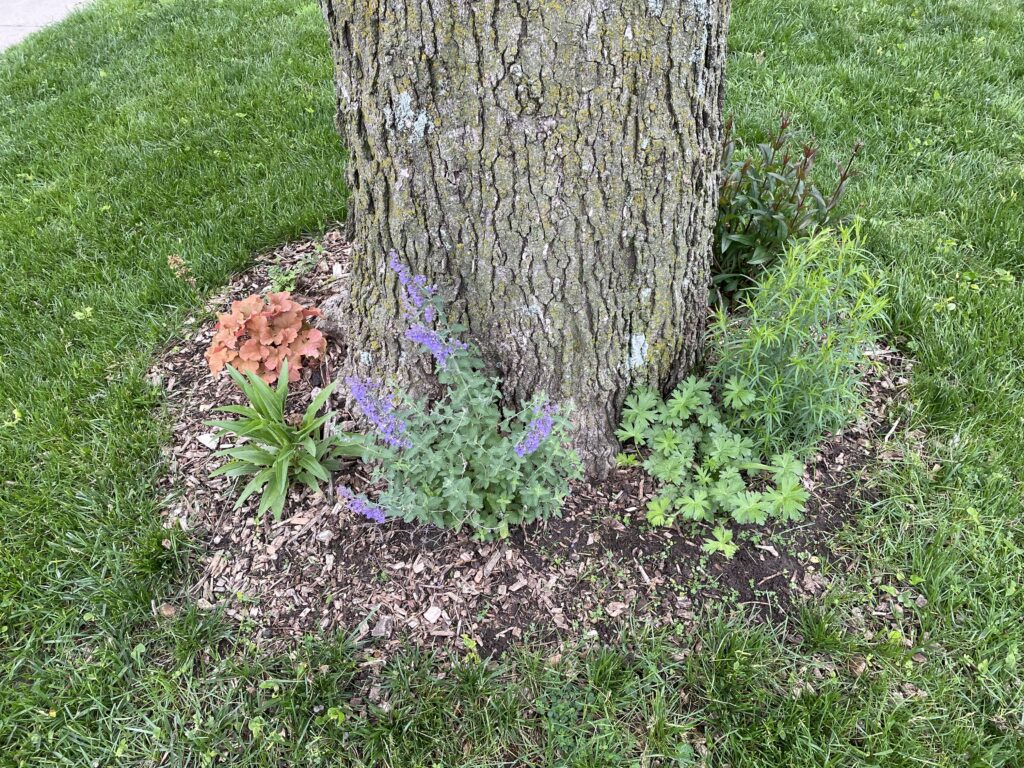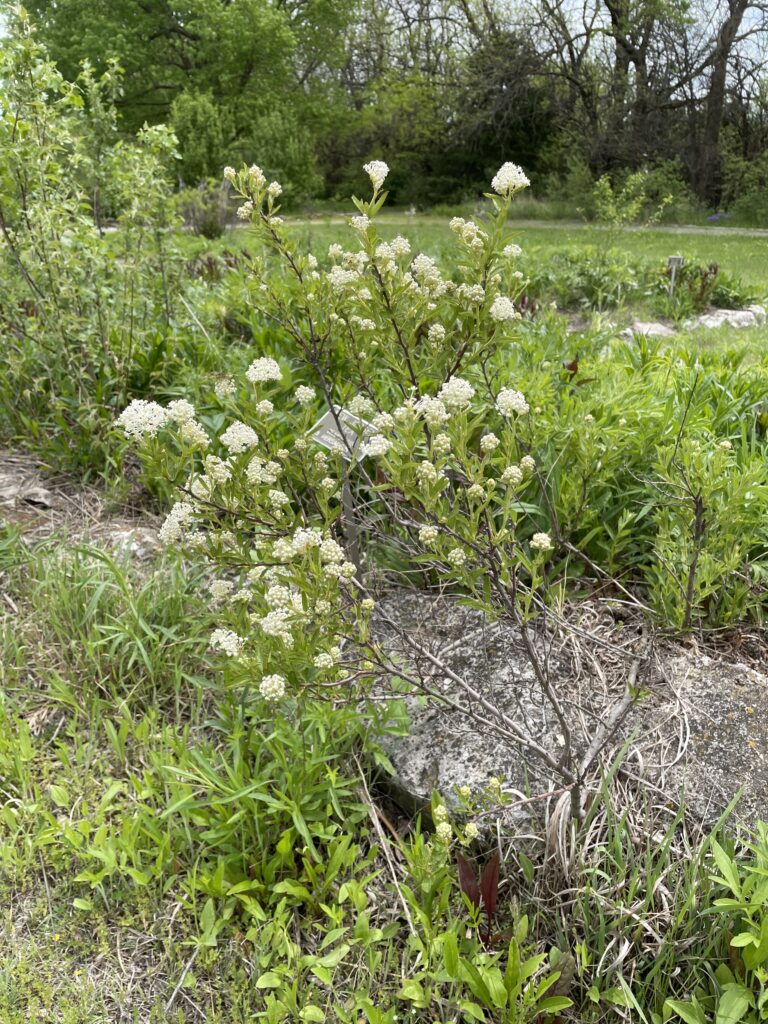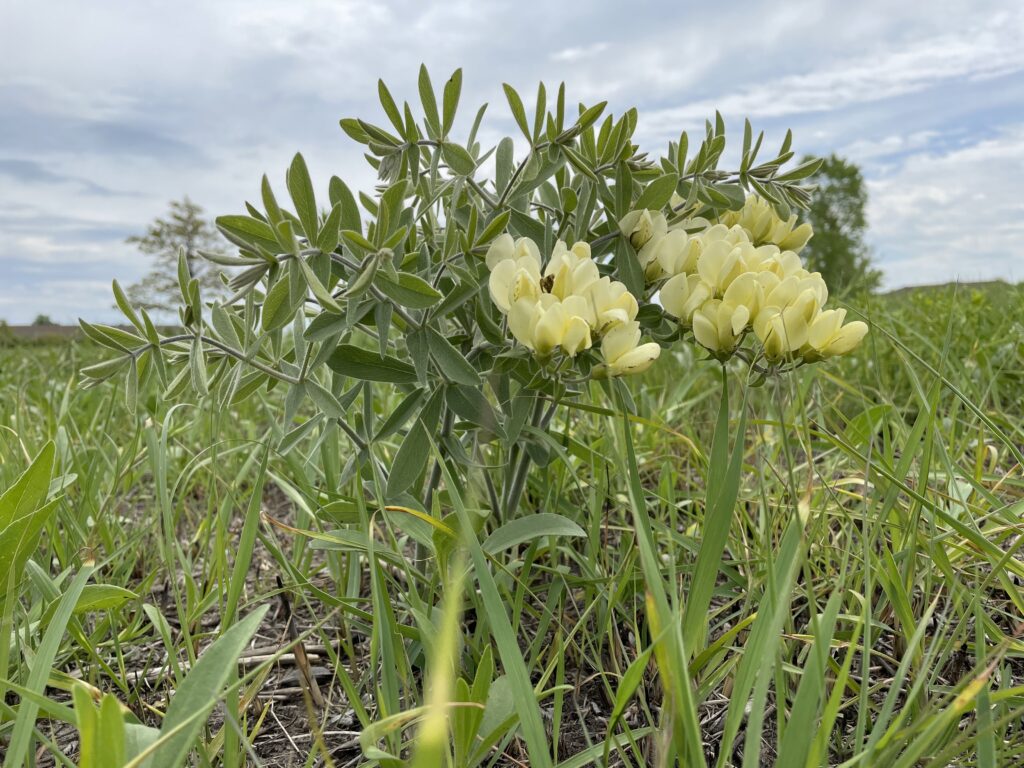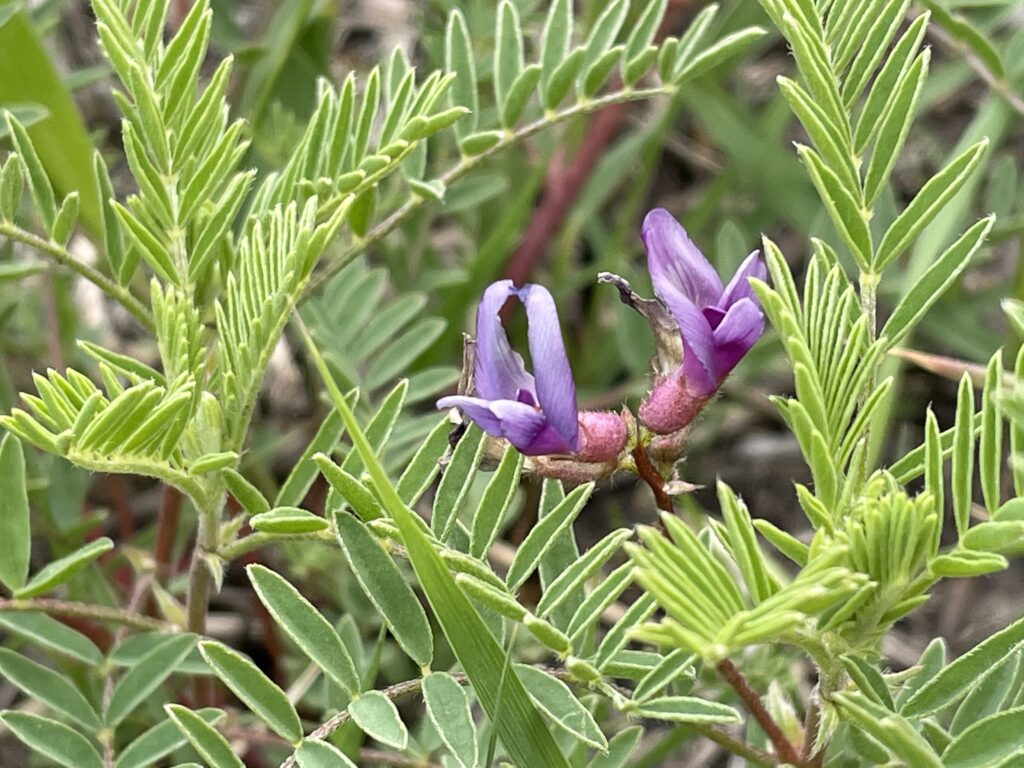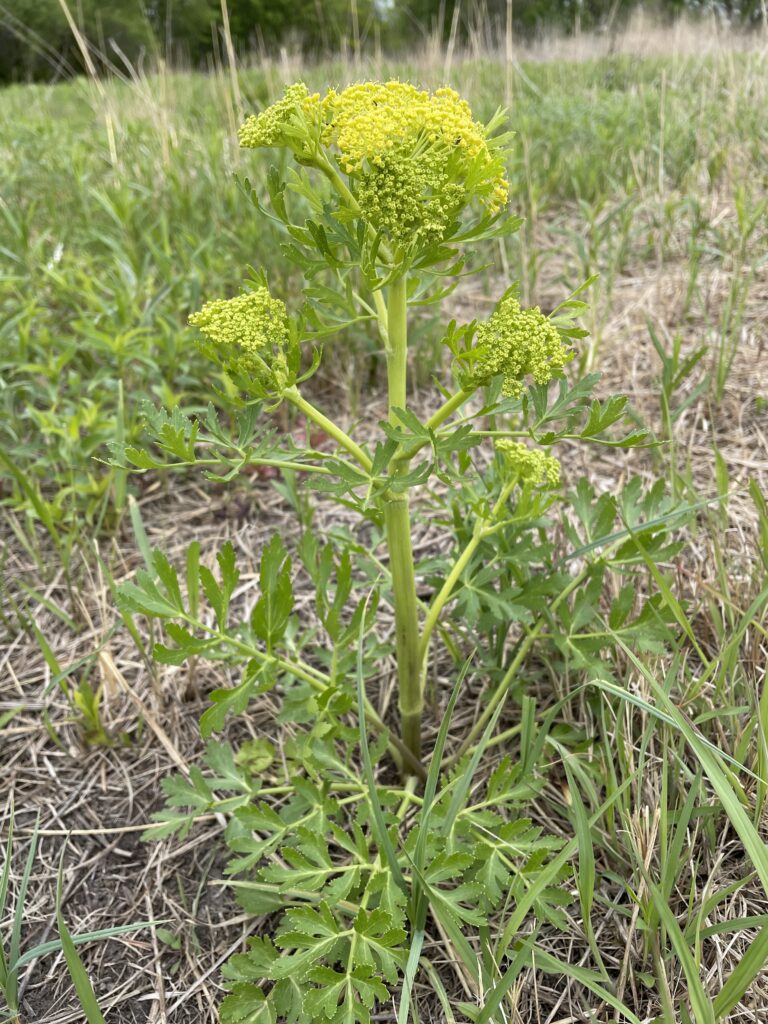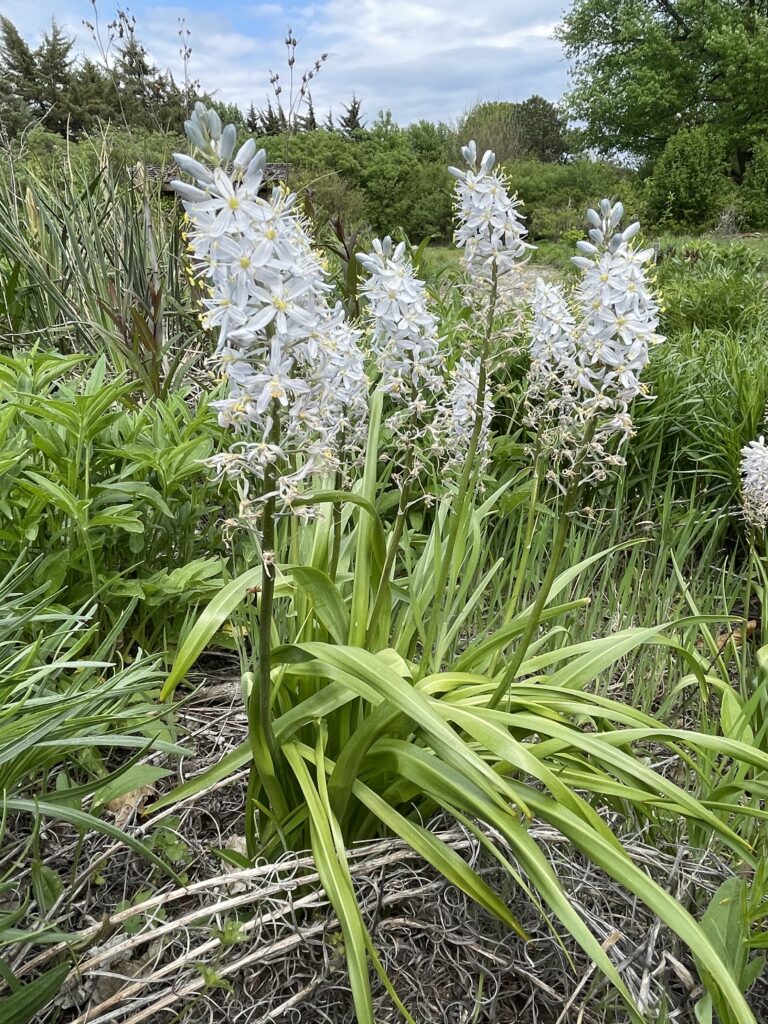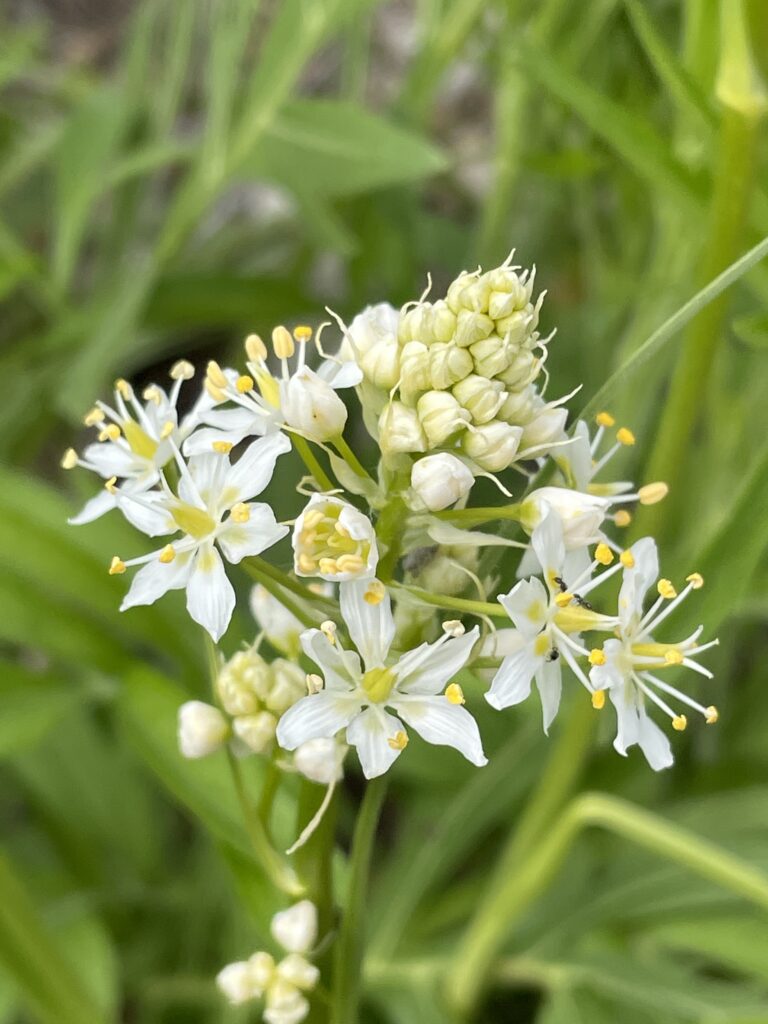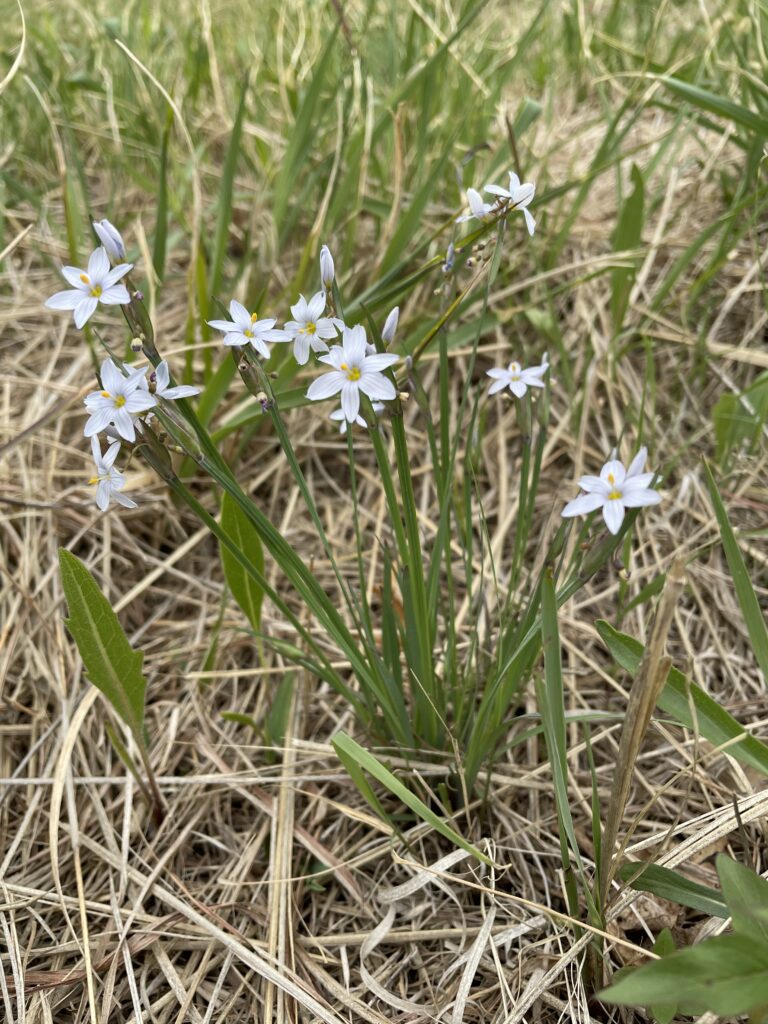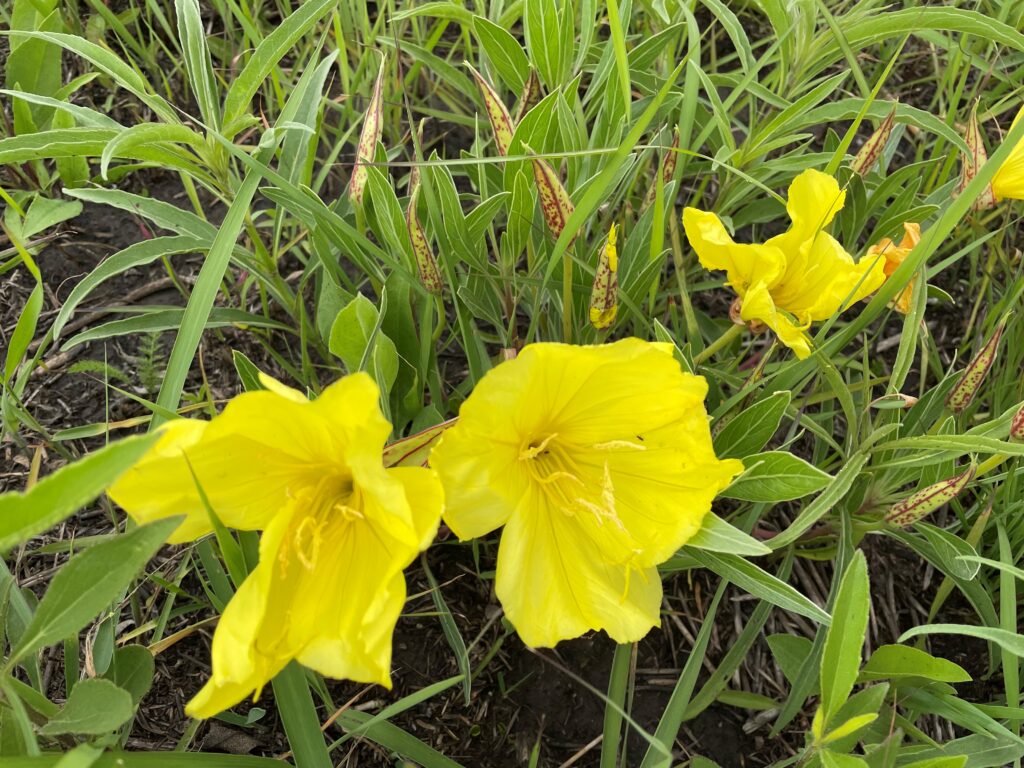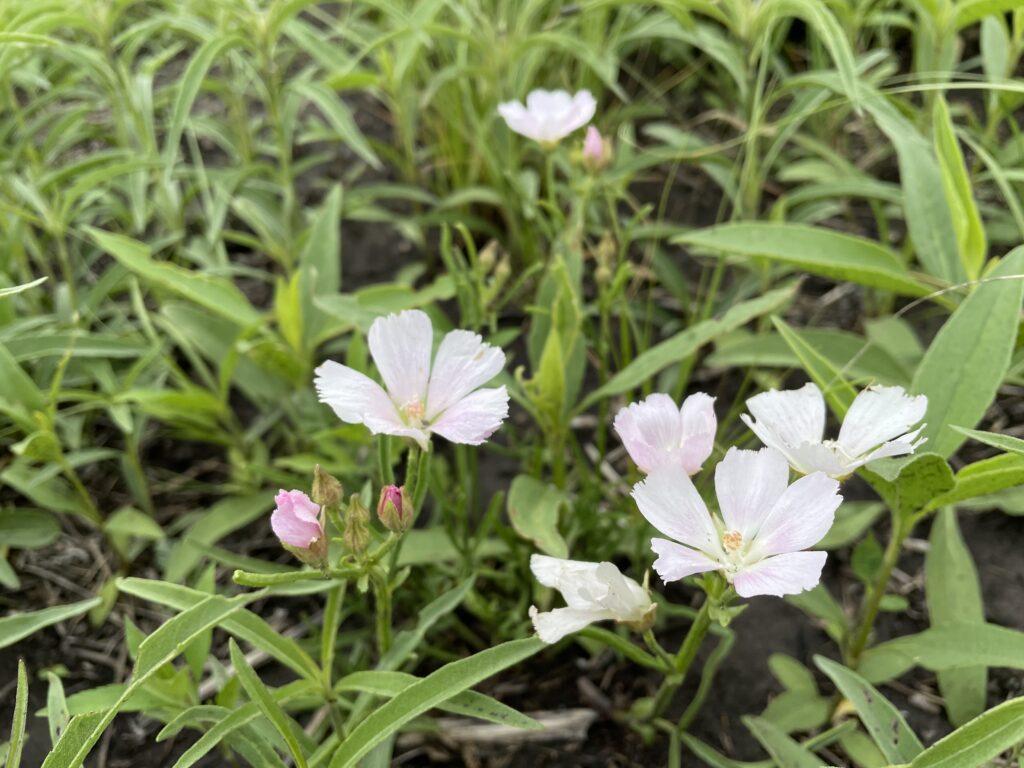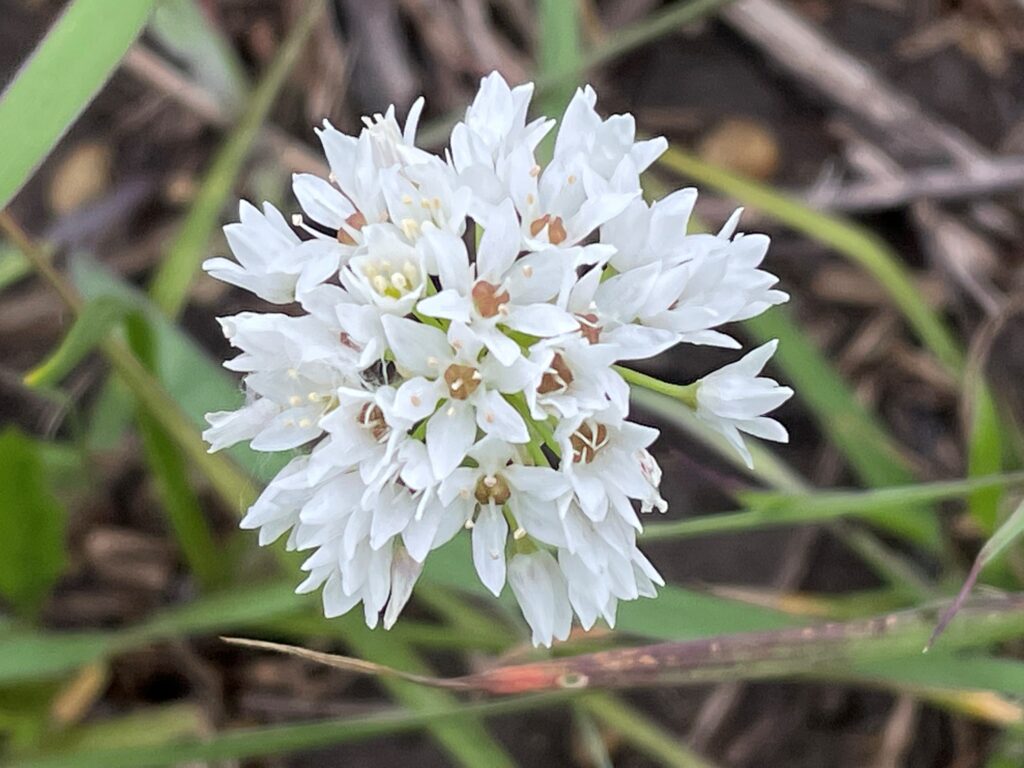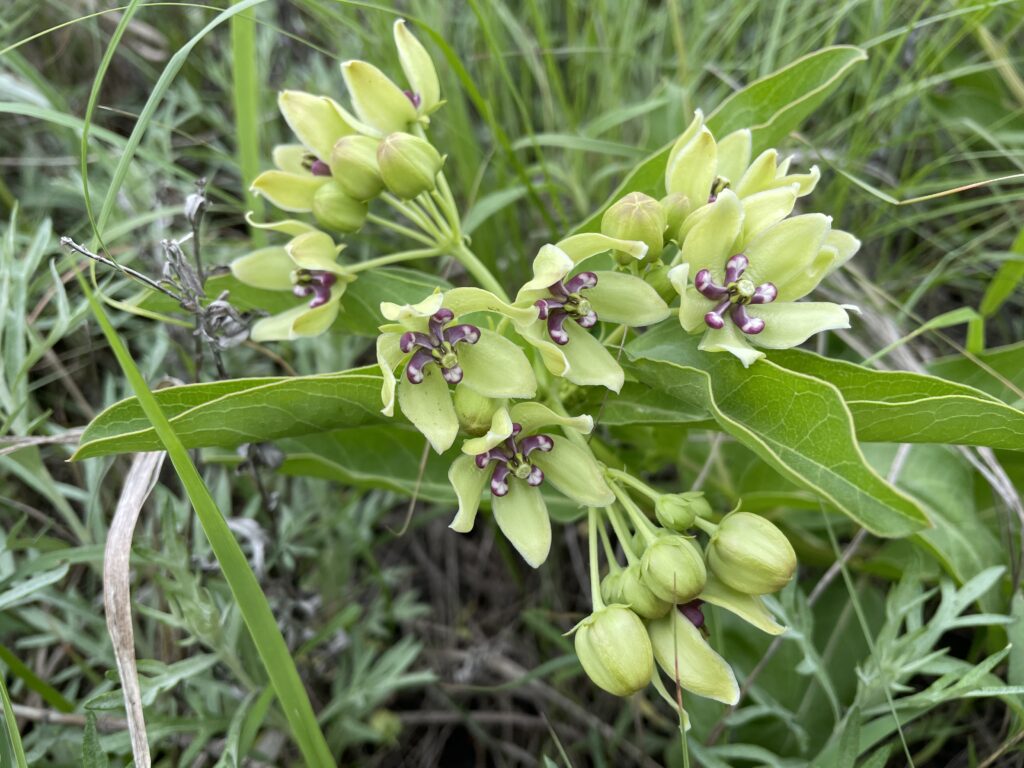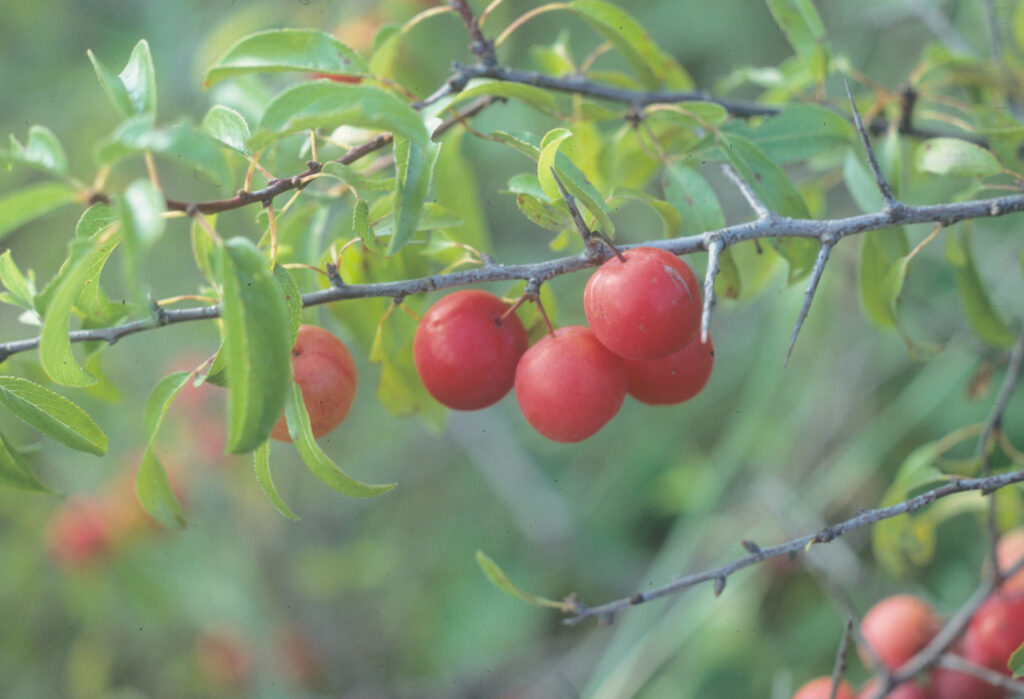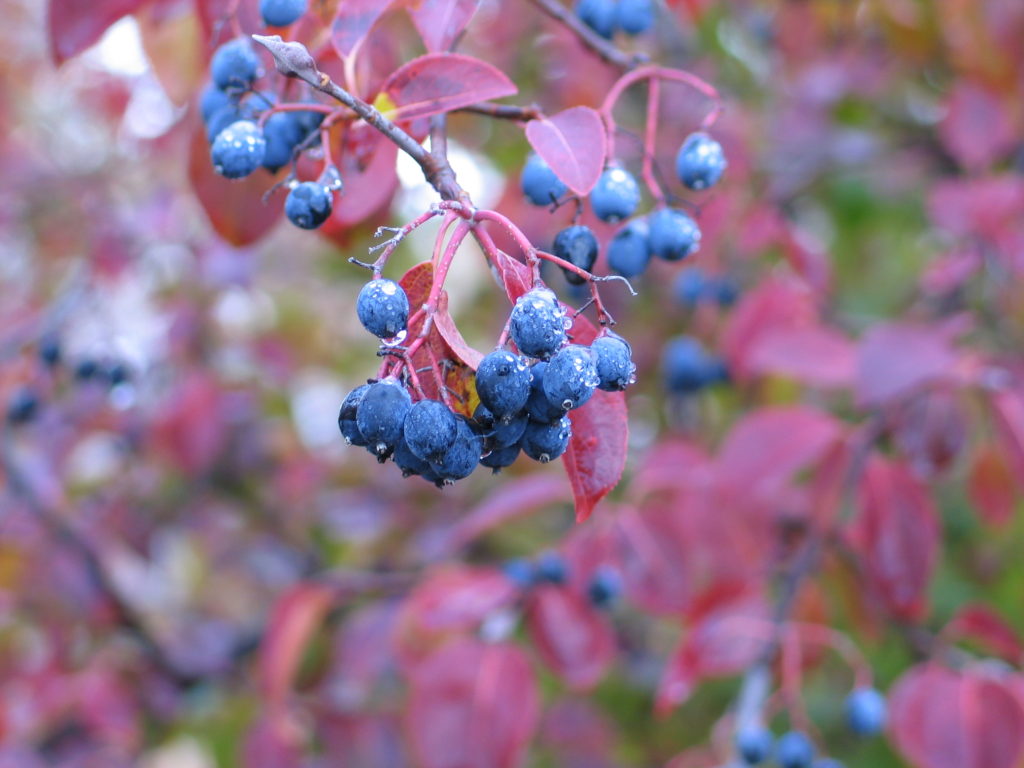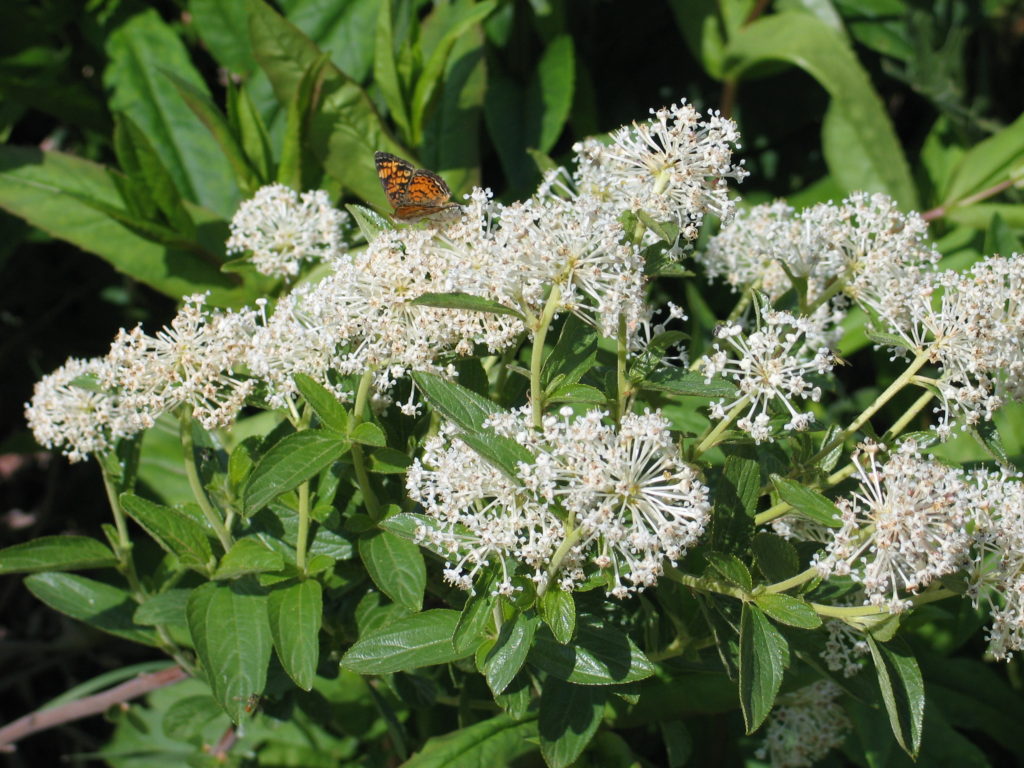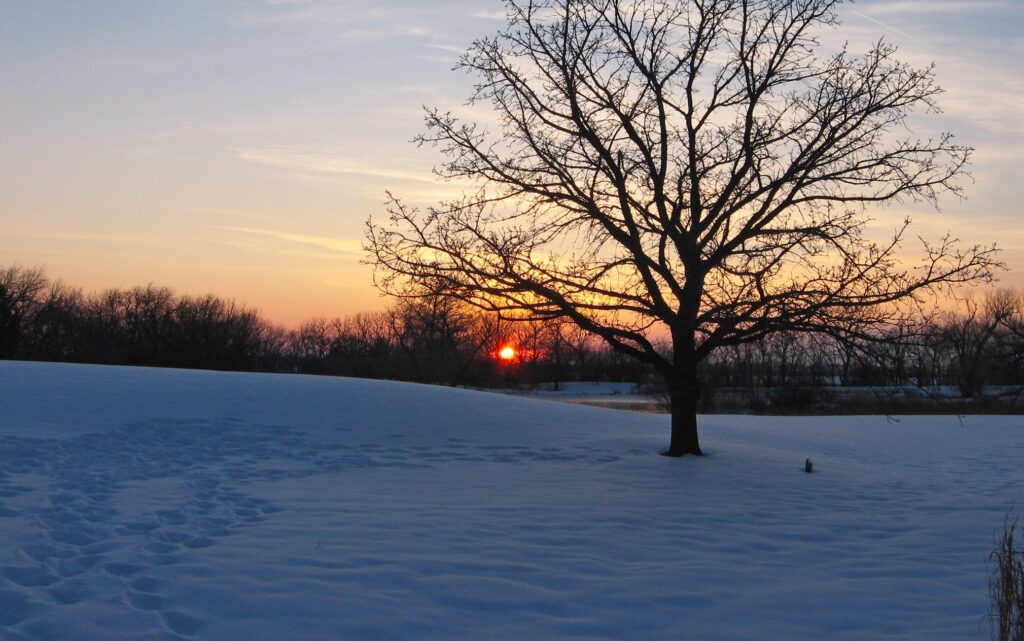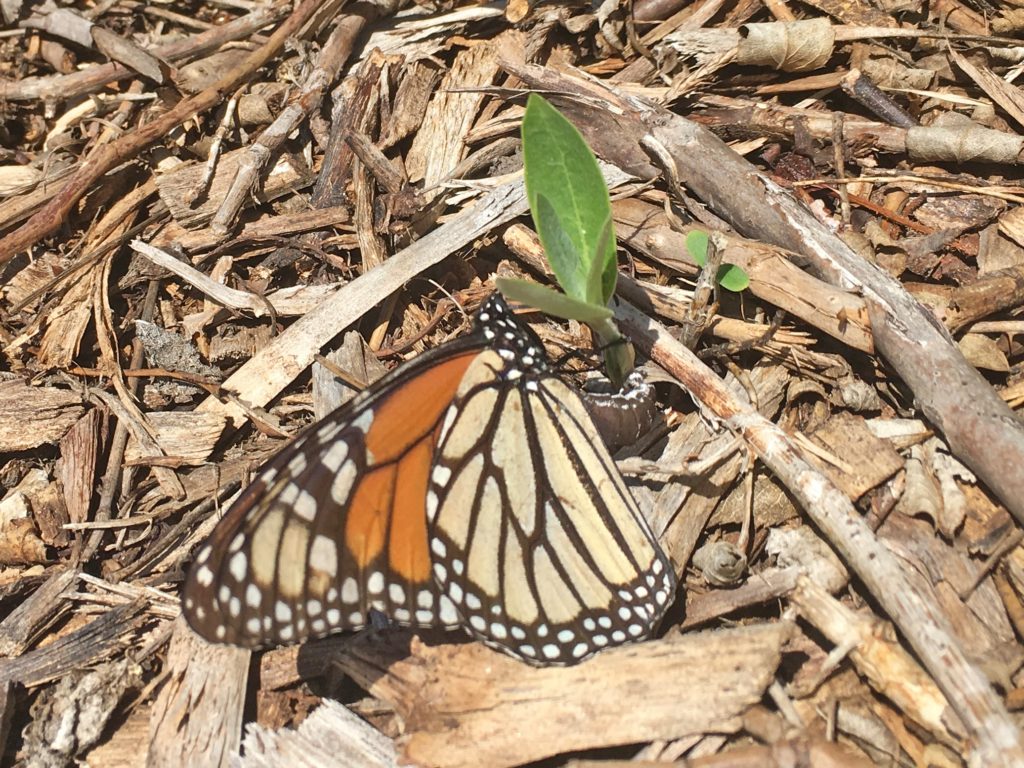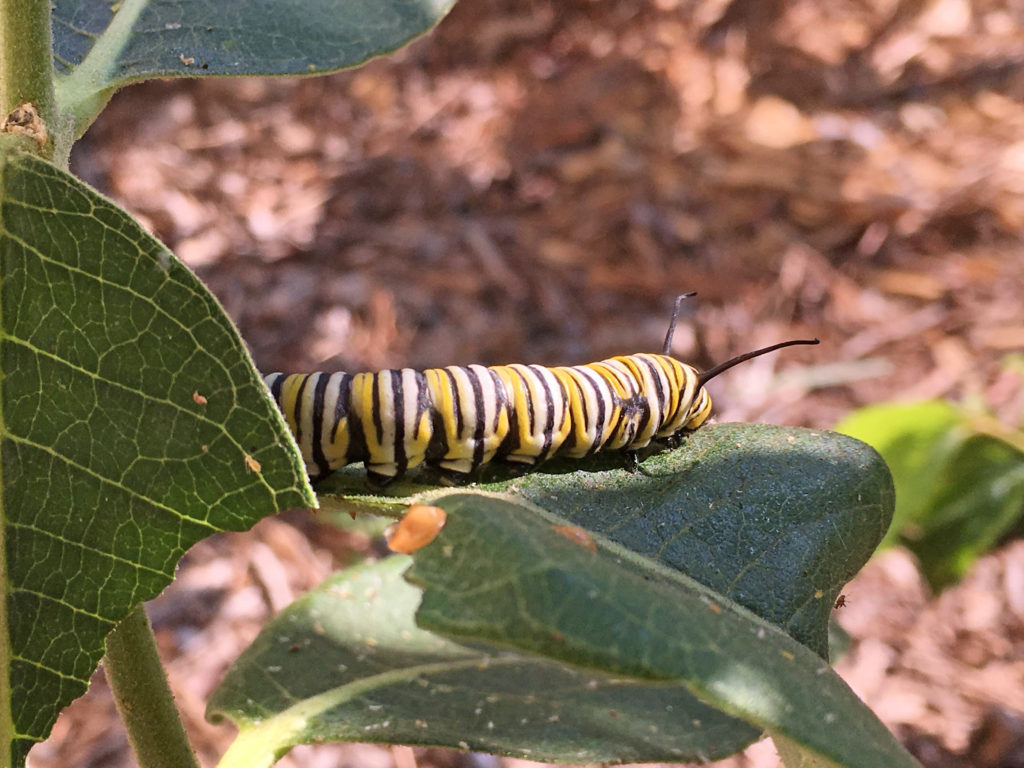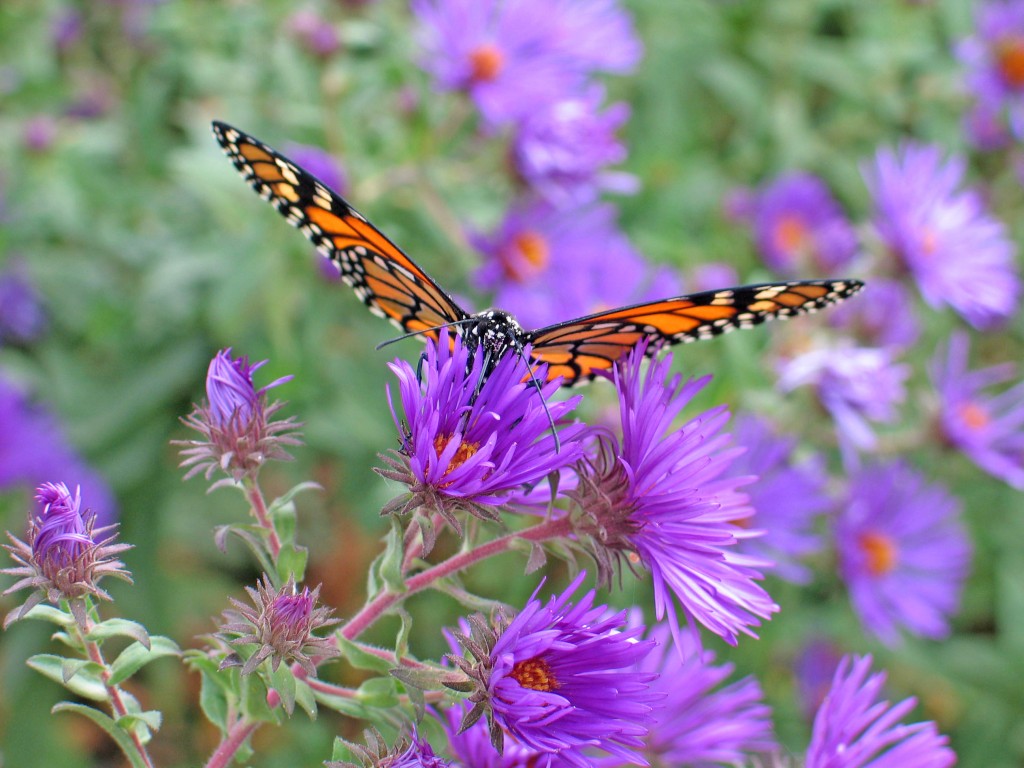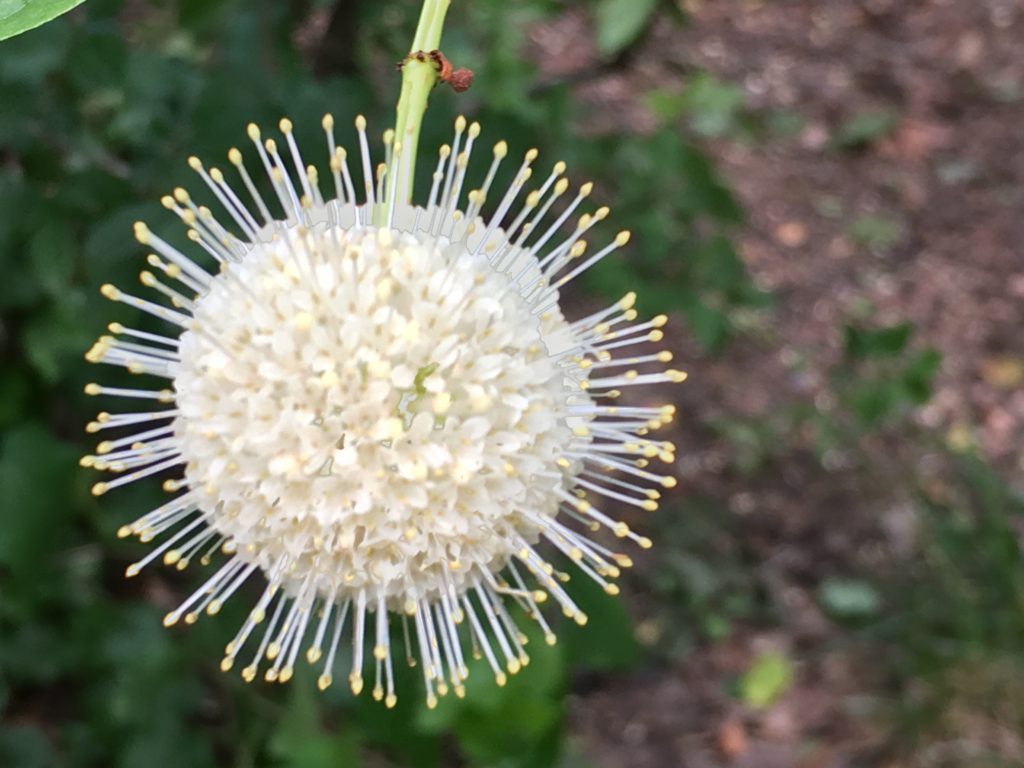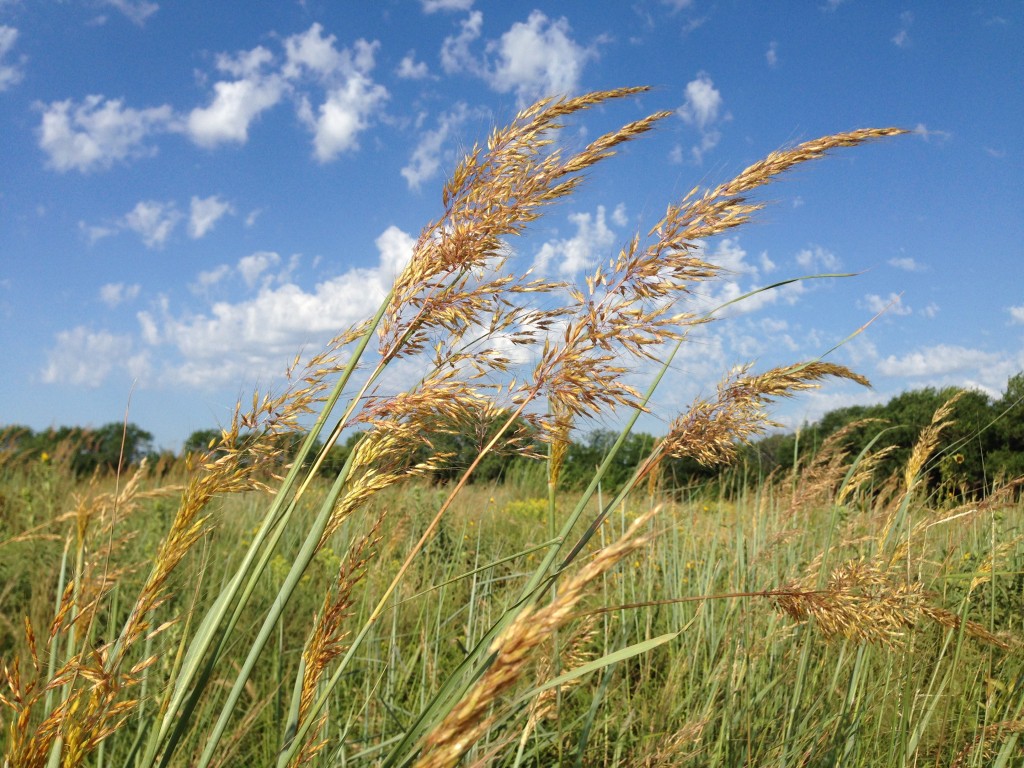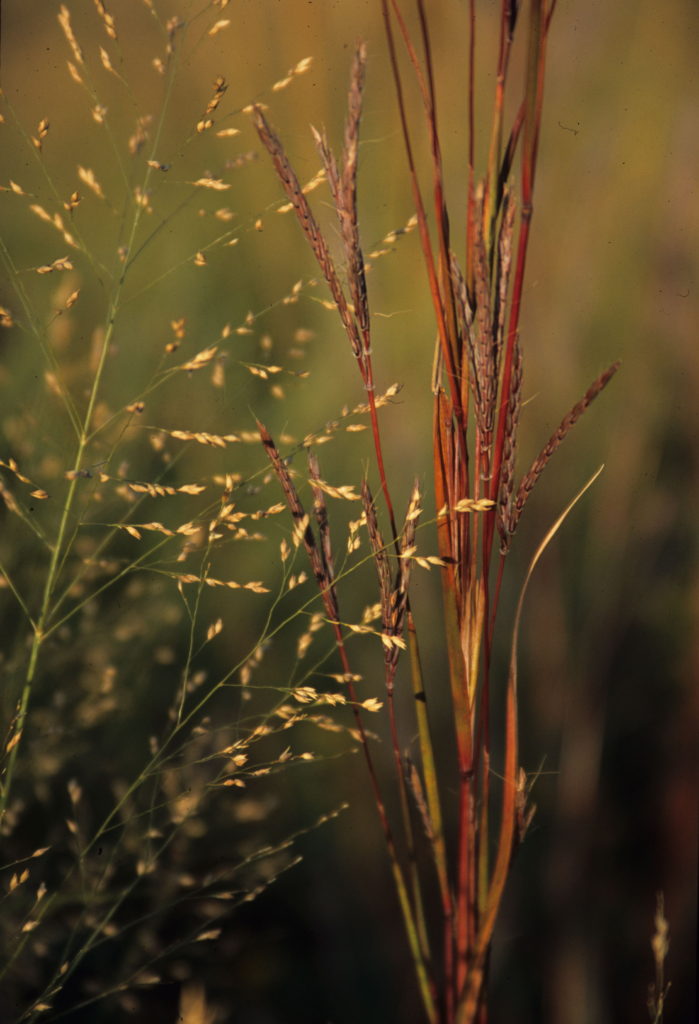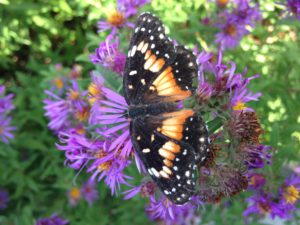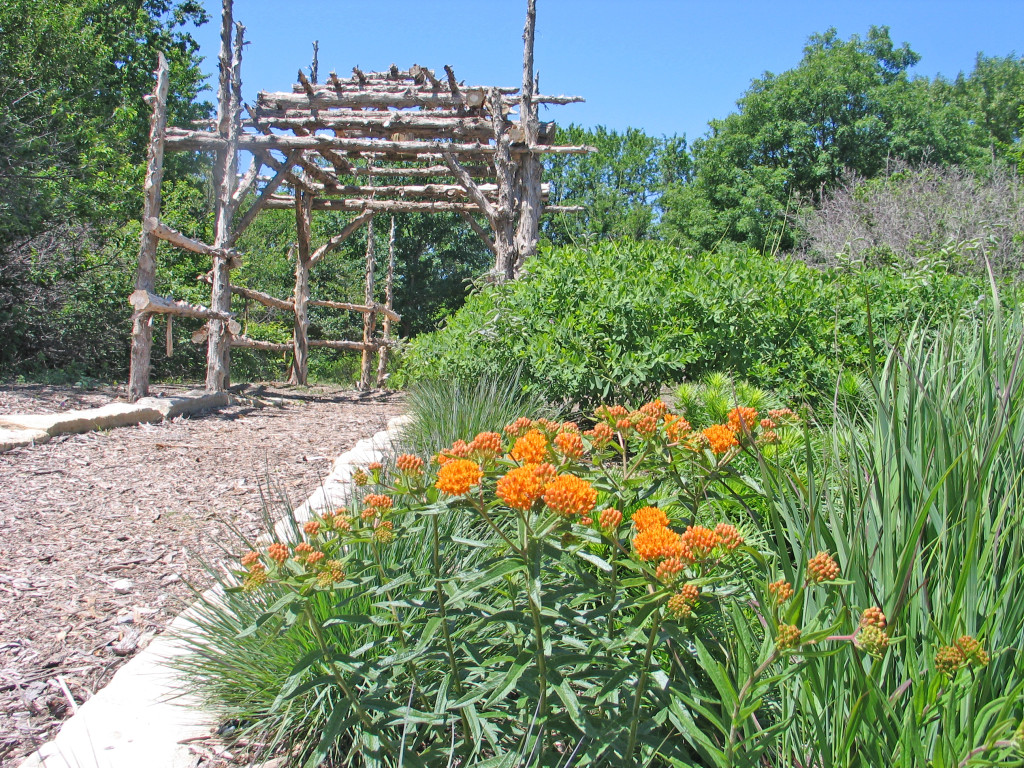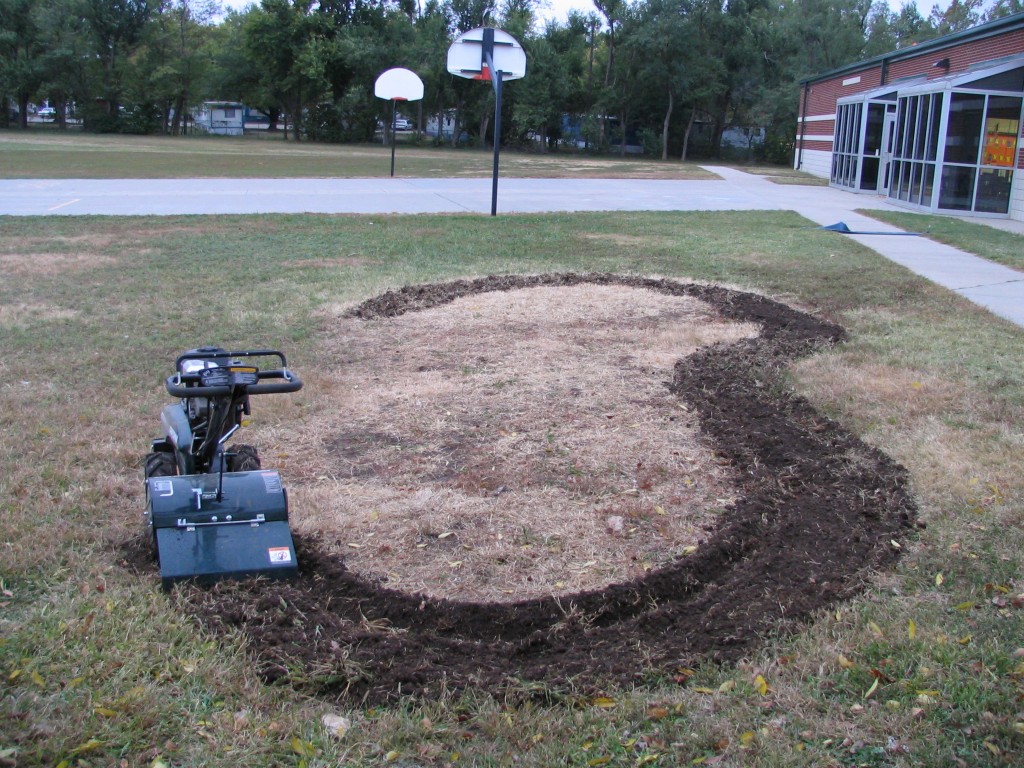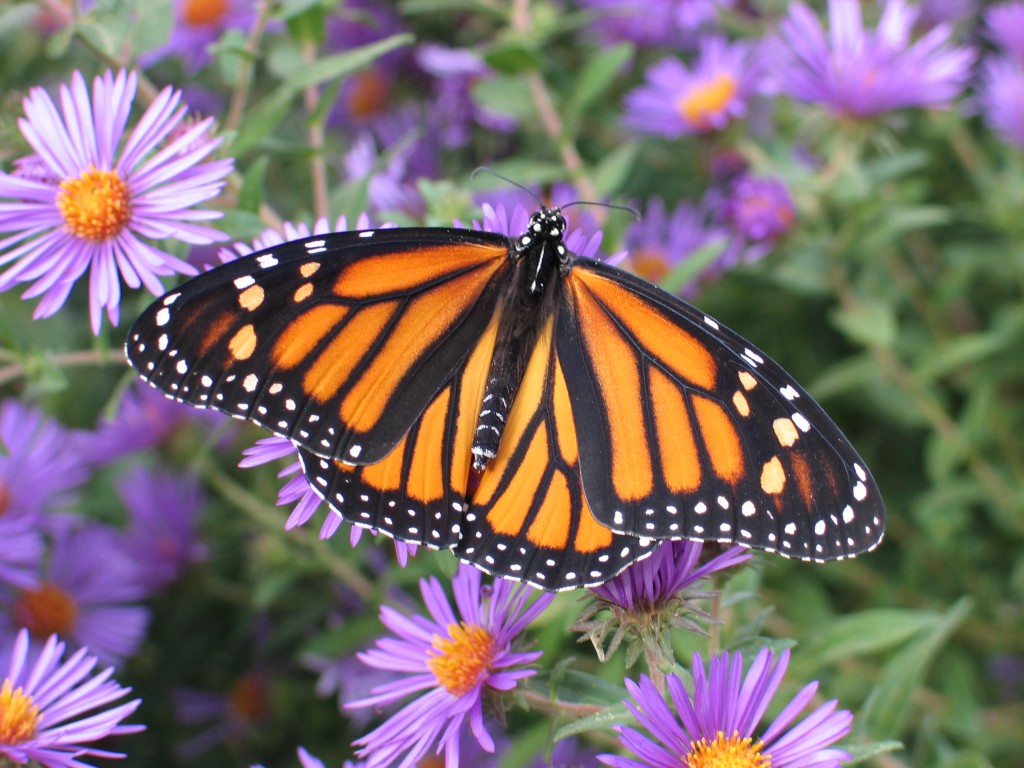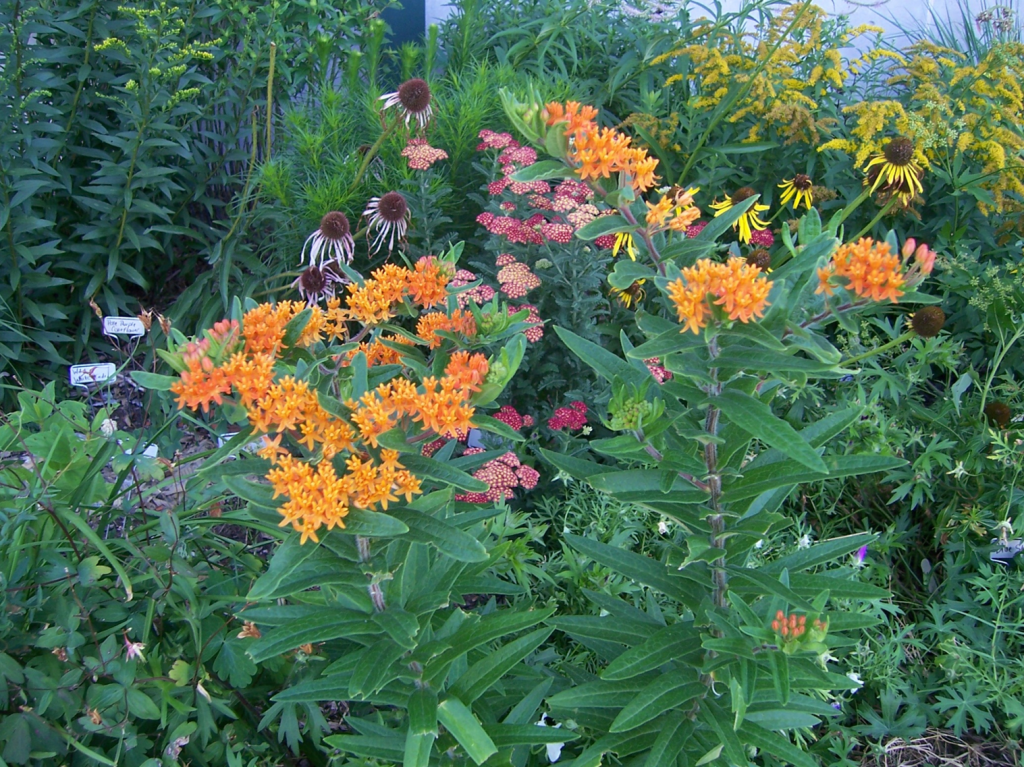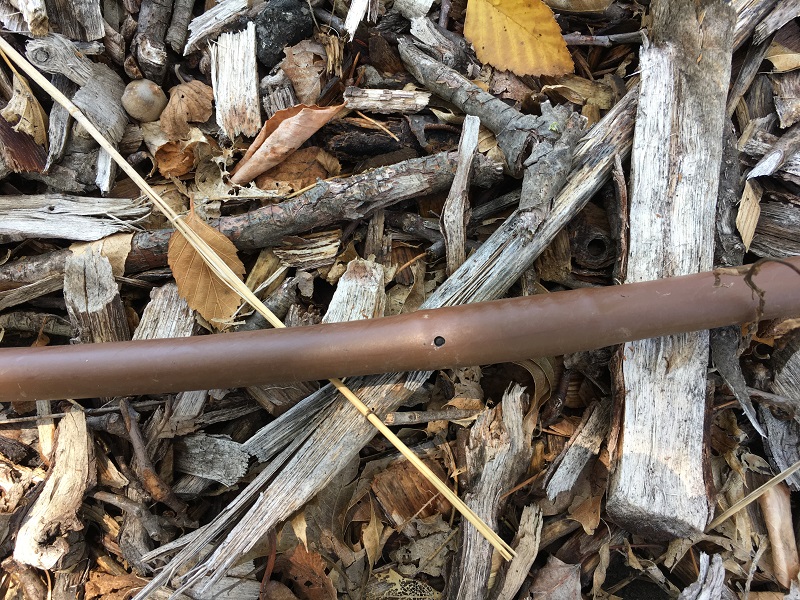A perennial border is evolution on fast-forward, a watercolor in the rain, changing weekly as various species segue in and out of bloom – and yearly as its constituents dominate or yield, flourish or succumb, according to their natures.
John Friel from Friel World in Green Profit
Friel perfectly describes a native perennial border. Each plant grows according to its nature. Some are spreaders while some stay put or fade with competition. To keep all these plants happy and harmoniously growing together, a few plants may need to be thinned from time to time – divided so that they don’t dominate too much.
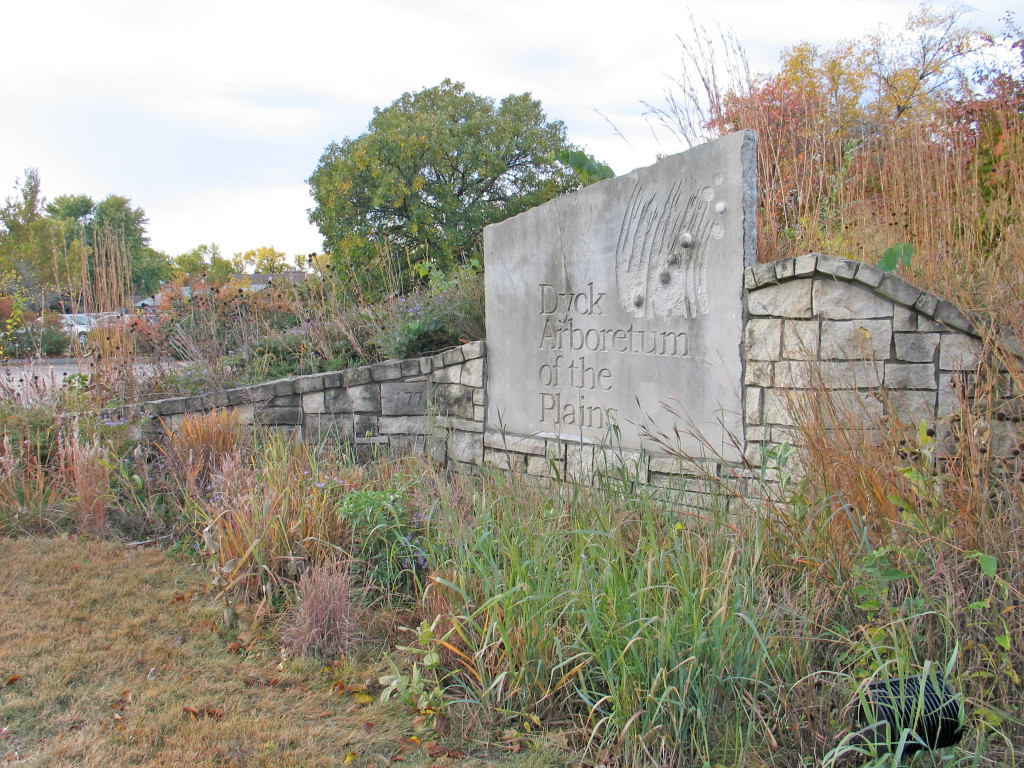
When to Divide Your Perennials
As we move into spring, March and April is the best time to begin dividing perennials. You can divide in August and September, but excess growth and heat may hinder success. Dividing perennials can be stressful on the plants so dividing during times with cool, moist conditions will reduce shock. Another thing to keep in mind is that native grasses will not start to actively grow until soil temperatures reach at least 60 degrees. Grasses are often the last plants I divide in the spring. It’s good to wait until they are starting to show signs of life.
Which Plants to Divide
- Yarrow
- Asters
- Coral bells
- Joe Pye weed
- Liatirs
- Monarda
- Rudbeckia
- Coreopsis
- Spiderwort
- Sneezeweed
- Goldenrod
- Echinacea purpurea varieties
- Vernonia
- Sunflowers
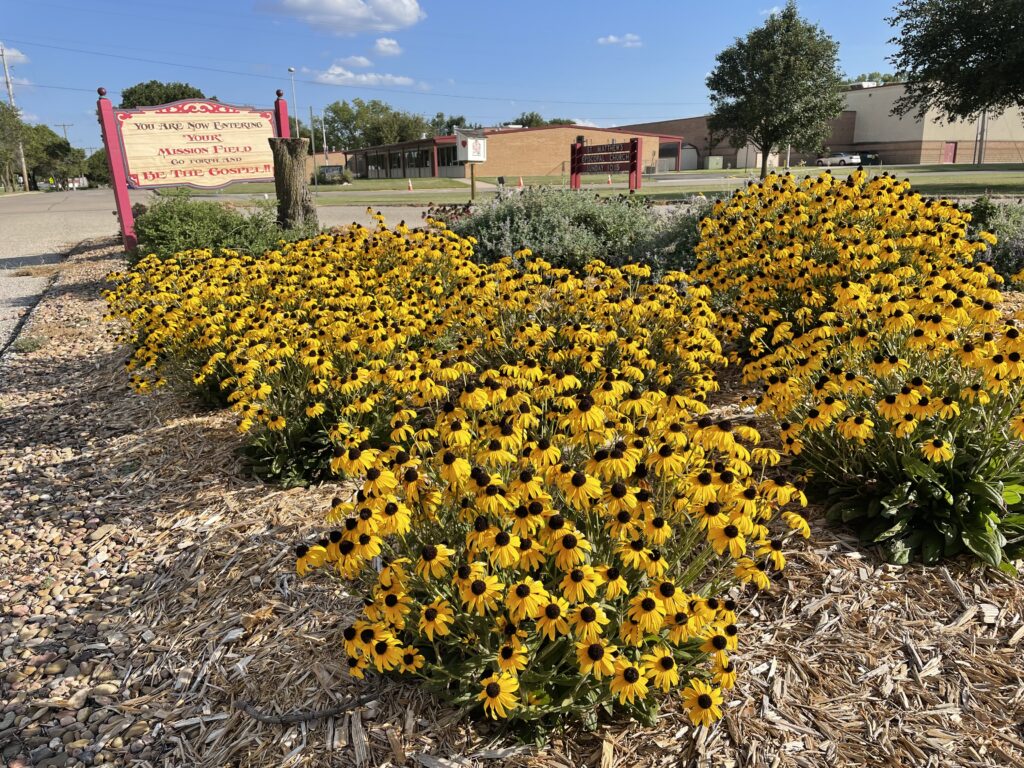
Native grasses often form a “donut” – the center dies back with active growth on the outer edges.
- Panicum
- Little Bluestem
- Big Bluestem
- Indiangrass
- Sideoats
- Blue Grama
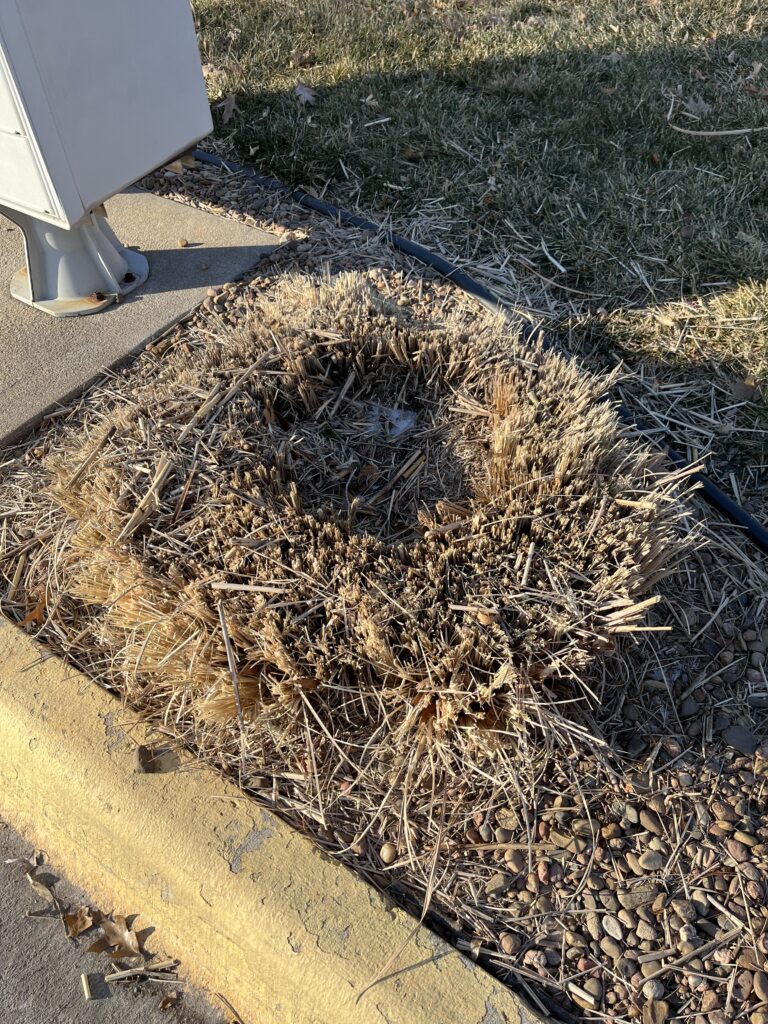
How to Divide Perennials
- Dig the Clump
After you have identified the plants that need to be divided, the next step is to dig the entire clump out of the ground. If the soil is dry, it is beneficial to water the area a few days ahead to soften the soil. With well-established grasses this may be a challenge, but it is important to work at it until it is removed. Grasses are resilient and can take much abuse in this division process. I have even worked at removal with a pick axe. Remove the clump/clumps from the hole and set it aside. Brush off excess soil to reveal the growing points.
- Separate the growing points/crowns and replant
Some plants are easier to pull apart than others. For instance, asters are easier to pull apart than switchgrass. Usually, I break these clumps in to 1/16th, 1/8th or ¼ pieces. Each clump needs to have a few leaves or healthy growing points and roots in order to grow. Then, replant the divisions as soon as possible so the roots don’t dry out. I put them back into the same hole from which they were removed. Plant at the same depth as before and water well. Cover any bare soil with mulch to help conserve moisture while your new divisions become established. Left over plants can be shared with friends or composted.
- Water well
Reestablish these divisions as you would any newly planted perennial. Water daily depending on the weather for the first two weeks. Once you see new growth, reduce water frequency to every other day or every three days. You have removed much of the supporting root system so it will take at least a season to get that back. Also, I would not fertilize the new transplants, because it will encourage top growth that is not sustainable with the new root system.
Which Plants to NOT Divide
While most perennials benefit from being divided every few years, there are a few perennials with deep taproots that are better left alone. You will be more successful planting new seedlings than trying to dig these plants out of the ground. In my experience, it is easier to start with a plant than to remove these plants. Too much damage is inflicted on the taproot. Avoid dividing these varieties:
- Baptisia
- Butterfly weed (Asclepias)
- Coneflowers (Echinacea angustifolia, Echinacea pallida, and Echinacea paradoxa)
We have divided and transplanted hundreds of plants over the years and I don’t believe I’ve ever lost one. Native perennials are resilient and recover from being transplanted in about a week. They may look rough the first year, but they will really come to life the next year. Go out in the next few weeks and identify a few plants that would benefit from a fresh start.
